Roberto Baggio, born 18 February 1967, is an Italian former professional footballer who mainly played as a second striker, or as an attacking midfielder, although he was capable of playing in several offensive positions. A technically gifted creative playmaker and set piece specialist, renowned for his curling free-kicks, dribbling skills and goalscoring, Baggio is widely regarded as one of the greatest players of all time. In 1999, he came fourth in the FIFA Player of the Century internet poll and was chosen on the FIFA World Cup Dream Team in 2002. In 1993, he was named FIFA World Player of the Year and won the Ballon d'Or. In 2004, he was named by Pelé in the FIFA 100, a list of the world's greatest living players.
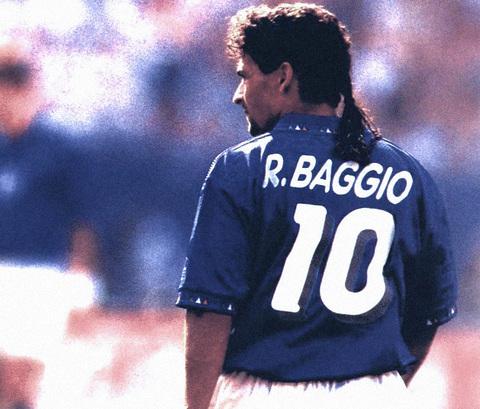
Baggio played for Italy in 56 matches, scoring 27 goals and is the joint fourth-highest goalscorer for his national team, alongside Alessandro Del Piero.
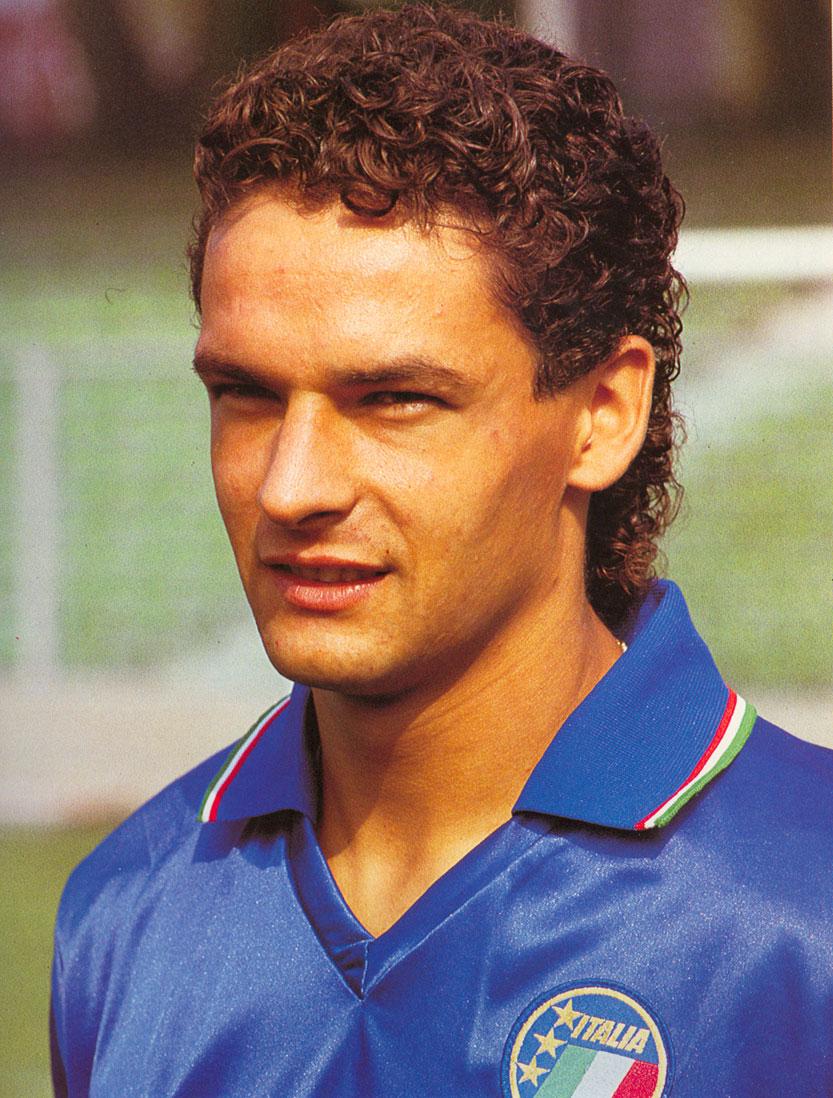
Roberto Baggio, Italy 1990.
He starred in the Italian team that finished third in the 1990 FIFA World Cup, scoring twice. At the 1994 World Cup, he led Italy to the final scoring five goals, received the World Cup Silver Ball and was named in the World Cup All-Star Team. Although he was the star performer for Italy at the tournament, he missed the decisive penalty in the shootout of the final against Brazil. At the 1998 World Cup, he scored twice before Italy were eliminated by eventual champions France in the quarter-finals. Baggio is the only Italian to score in three World Cups and with nine goals holds the record for most goals scored in World Cup tournaments for Italy, along with Paolo Rossi and Christian Vieri.
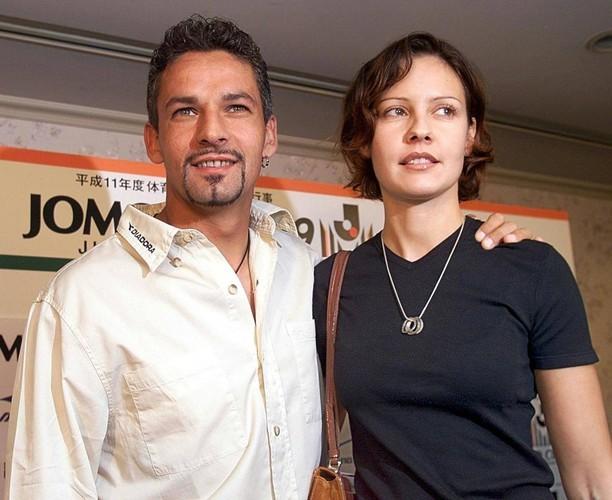
Roberto Baggio with his wife Andreina Fabbi.
In 2002, Baggio became the first Italian player in over 50 years to score more than 300 career goals; he is currently the fifth-highest scoring Italian in all competitions with 318 goals. In 2004, during the final season of his career, Baggio became the first player in over 30 years to score 200 goals in Serie A and is currently the seventh-highest goalscorer of all time in Serie A with 205 goals. In 1990, he moved from Fiorentina to Juventus for a world record transfer fee.

Roberto Baggio with his daughter Valentina.
Baggio won two Serie A titles, a Coppa Italia and a UEFA Cup, playing for seven different Italian clubs during his career (Vicenza, Fiorentina, Juventus, A.C. Milan, Bologna, Inter Milan and Brescia). In 2011, he was the first footballer to be inducted into the Italian Football Hall of Fame.
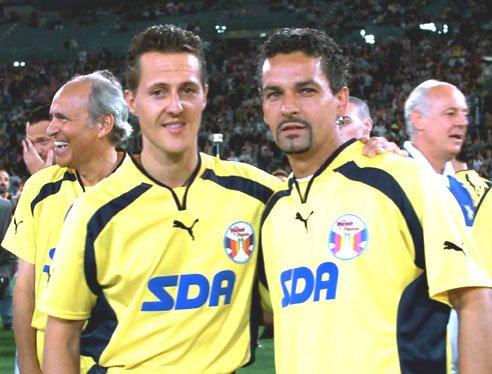
Michael Schumacher and Roberto Baggio.
Roberto Baggio and Ferrari, a never forgotten bond. In the 90s the former footballer owned a Testarossa and tested the 512 TR in Fiorano. In the week when the film "Il Divin Codino" is released on Netflix, on May 26, 2021, Ferrari pays homage to the genius of Roberto Baggio with a photo published on the official Twitter profile of the Maranello Museums. The shot immortalizes a smiling Baggio inside an F40, with the door open to let the photographers work.
The bond between Ferrari and Roby Baggio is actually more intense than one can imagine. The confidentiality in which the Caldogno striker has always lived has never caused rumors or drafts about any supercars he owned to arrive. Indeed, quite the opposite. Everything goes back to the time of his move to Juventus.
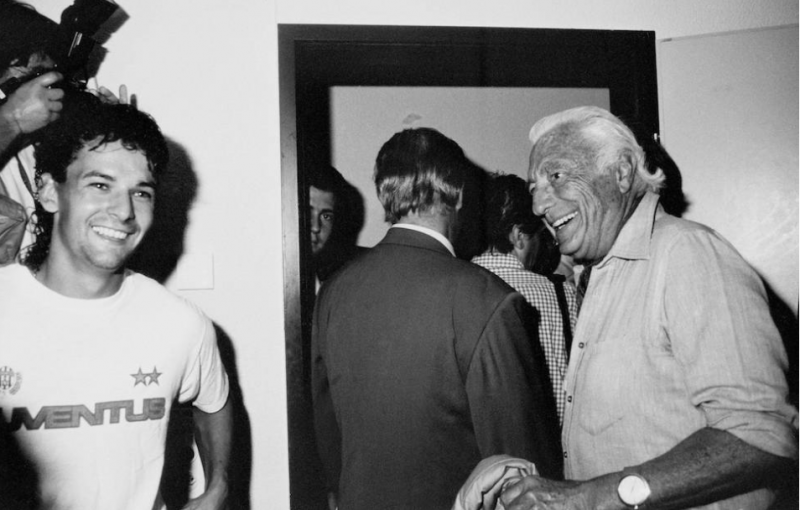
Roberto Baggio and Gianni Agnelli in the Juventus dressing room. Photo by Guardian.
Exploded at Fiorentina, in the summer of 1990 Baggio moved from the Franchi in Florence to the Mole in Turin. A transfer market deal that causes discussion for the football rivalry between Fiorentina and Juventus. In the clauses of the contract, only a few people know, the Juventus club had a list of "options" inserted to convince the player, including a beautiful villa in the hills and, above all, a Ferrari Testarossa.
But it does not end here. Because in 1992 Baggio was invited to Fiorano to test the 512 TR, the newborn first evolution of the Testarossa. He greets the technicians and engineers, signs autographs. Then he indulges in a ride in a 512 TR, a mid-engined berlinetta that is the evolution of the Testarossa. The new model maintains the elegant lines designed by Pininfarina for one of the classics of Ferrari production. But it introduces aesthetic changes and aerodynamic improvements, presented at that year's Los Angeles Motor Show. The Venetian footballer thus had the opportunity to test the effect of the 428 hp provided by the supercar on the track. Turn after turn, on a complete and technical track designed precisely to test the sports cars of the Maranello company and the Formula 1 single-seaters of the Scuderia, Baggio forgets his anxieties and doubts. But it all comes back to the surface once he gets out of the cockpit. Juve will lose the second leg of the final and the Italian Cup. “So far, I've only won bar tournaments”, Roberto Baggio will say with his usual dense distillate of pungent self-irony. But from the following year everything would change. It is also a year of change for Scuderia Ferrari. Luca Cordero di Montezemolo creates Ferrari Design and Development, a structure based in England that should favor the work of the designer John Barnard. It won't work, but that's another story.
Zico and the others, the fabulous Italian football of the eighties. Roberto Baggio, the only one together with a few others (Maradona and Zico) to solve a match on his own, was the strongest Italian player ever, the most technical.
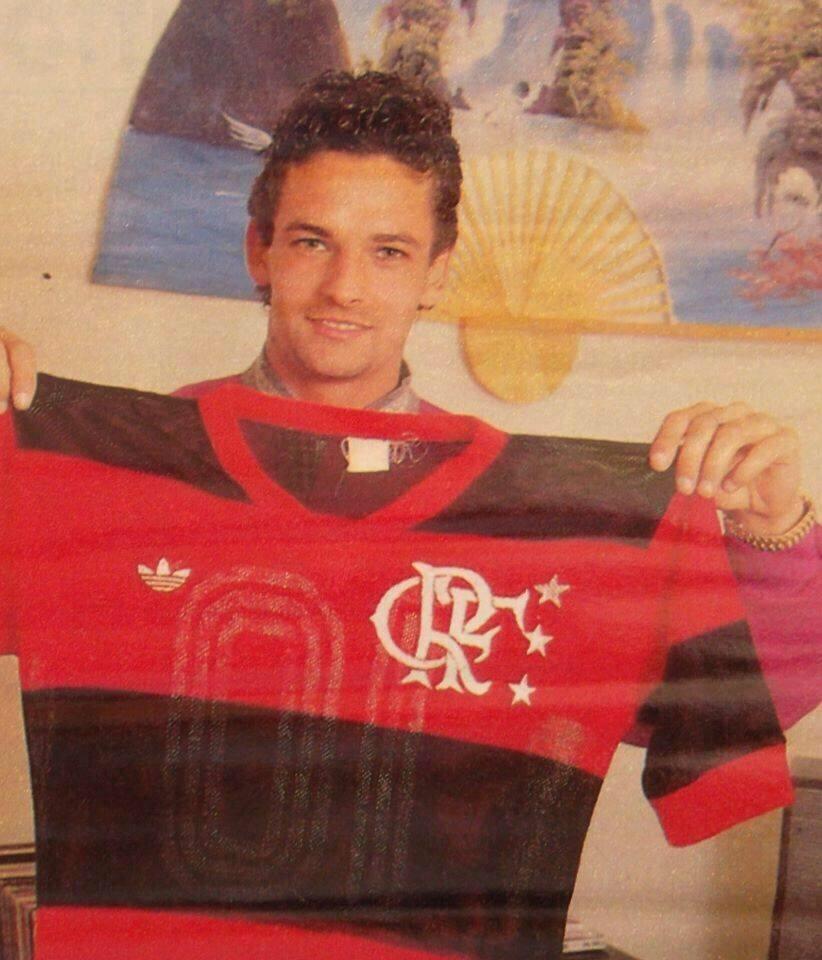
Roberto Baggio with the Flamengo shirt of his idol Zico.
And he had an idol: Zico. "I'm not angry with Brazil. My idol is Zico and I grew up seeing the Flamengo of 80s," Baggio said.
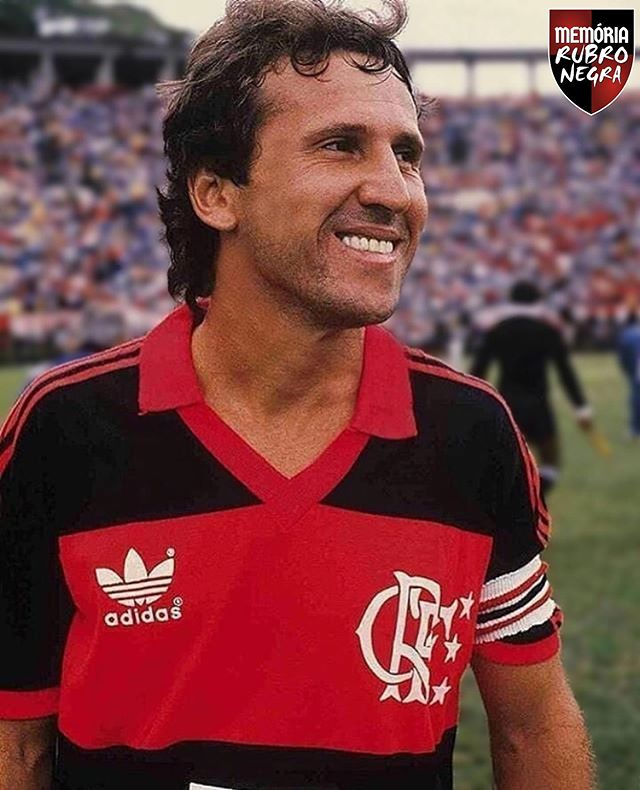
Zico, before another match for Flamengo. That was in 1987, against Corinthians, at Pacaembu.
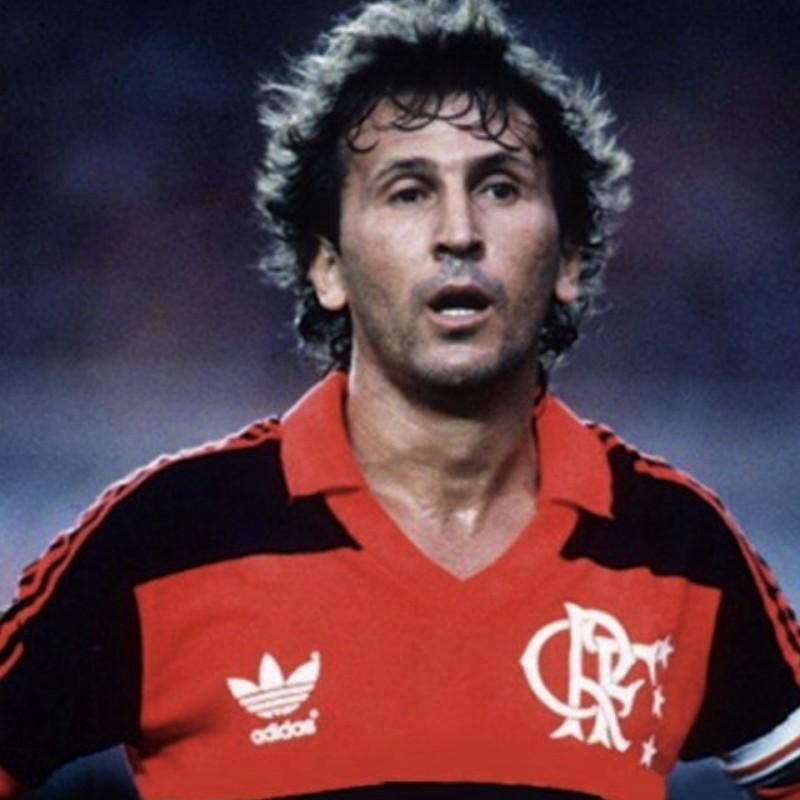
Zico at Flamengo in 1989.
The Brazilian's arrival at Udinese was just one of the most striking blows of a golden decade in which our teams won and, from Maradona to Platini to Falcao, brought the best players in the world to Serie A.
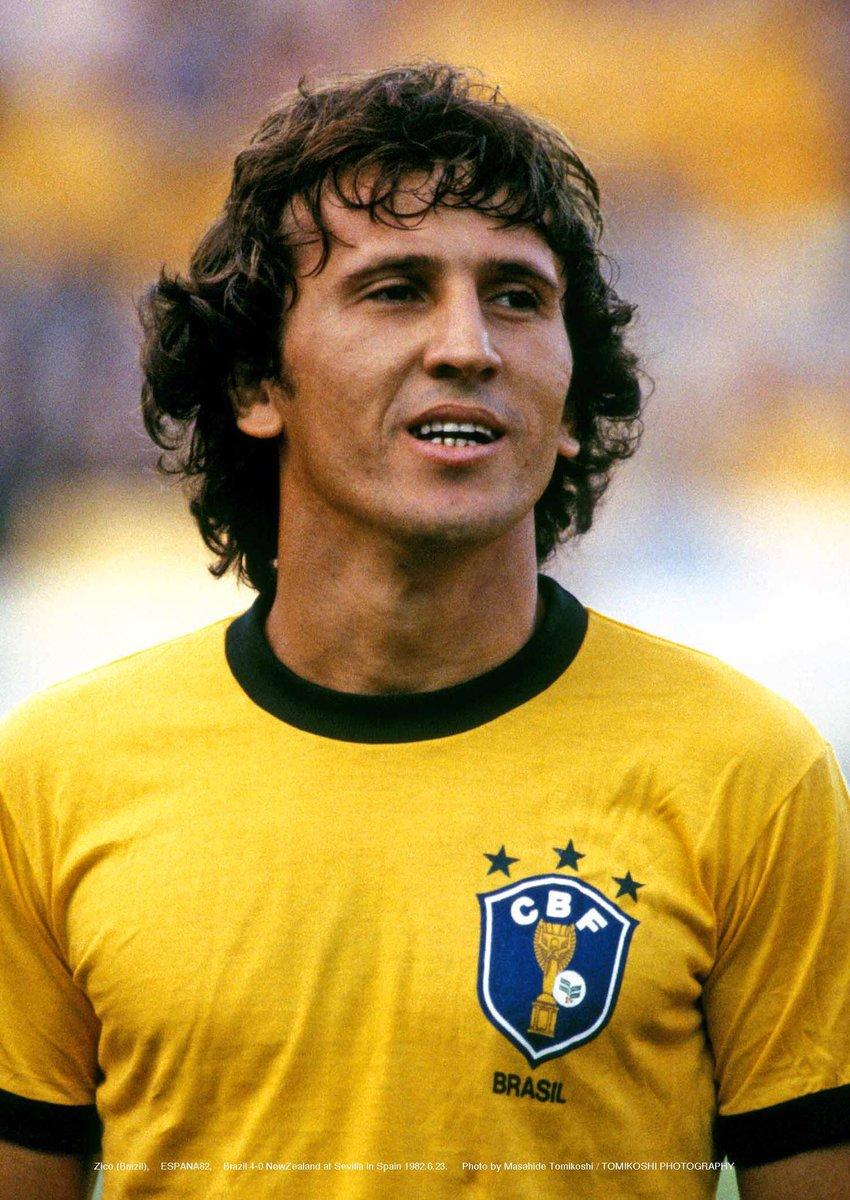
The story of Zico is particular: he was born poor and came to Udine in 1983, dreaming of the Scudetto. A bright day in January 1984, Catania’s team, despite missing almost half a championship to play, is playing its remaining chances of salvation. The fans fill the stands. Thirty thousand, maybe more, but then it happens that... 'sensational at Cibali'. All standing to cheer a player who has just scored against the home team. Artur Antunes Coimbra, aka Zico, was also this, on the podium of the greatest football symbols of the eighties. Certainly not the only one, just mention the rebellious curls of Diego Armando Maradona and the more snobbish ones of Michel Platini to find him an exceptional company. But Zico, compared to the other two, has something more or less, it depends on the point of view. He doesn't have Juve with its traditional strength like Michel, he doesn't have a boiling city and a team built to win like Diego's Napoli.
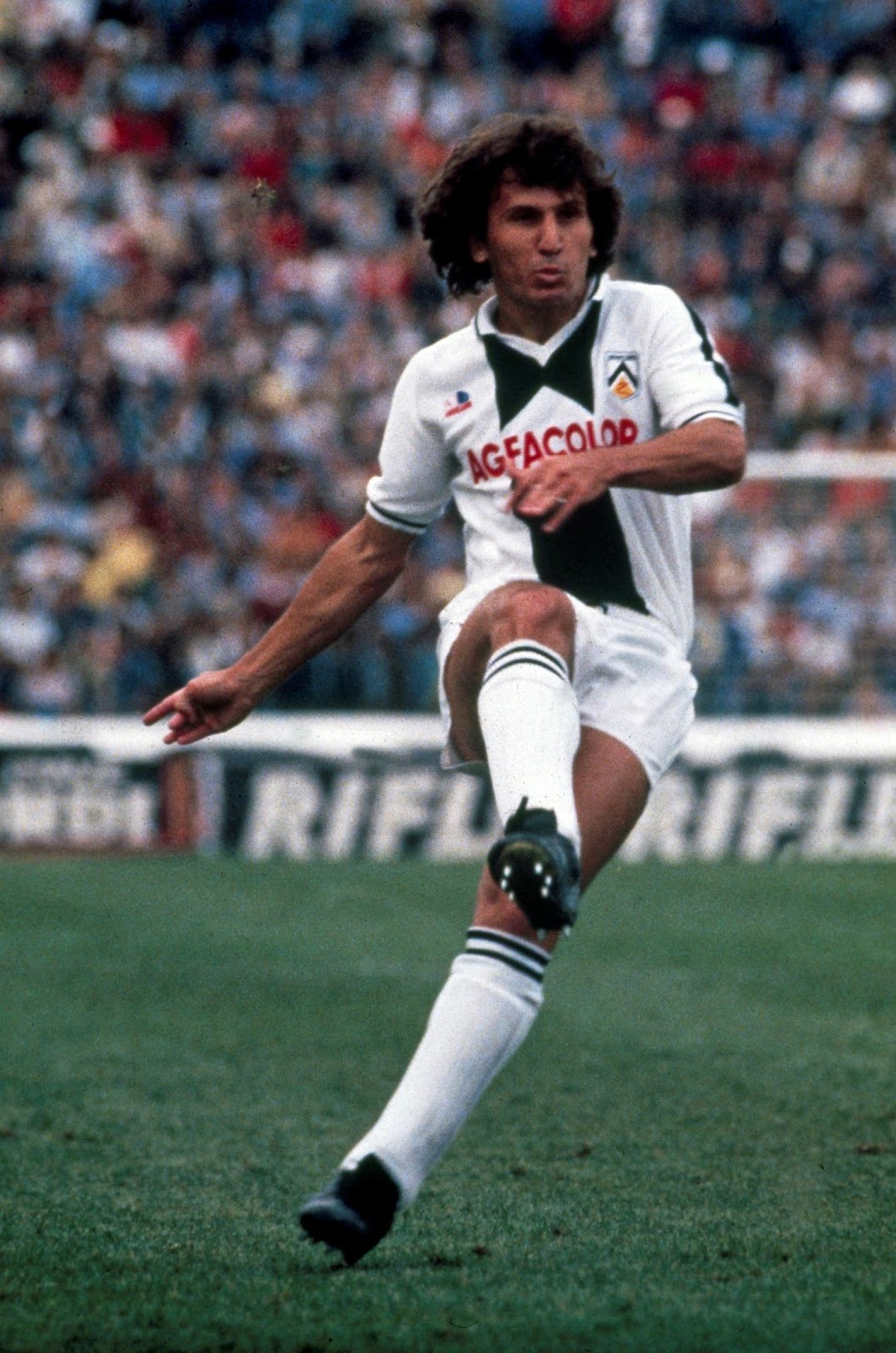
Zico, Udinese Calcio 1983-84.
He plays for Udinese, a good team with a lot of talent (the young Mauro or the old “Barone” Causio) but not equipped to win. He didn’t go to Milan or Turin because, as he himself explained, "winning with Udinese has a different flavor, elsewhere you would be one of many". Yet even a traditionally industrious people and little inclined to excessive football frivolity like the Friulian one, suddenly burn with an overwhelming passion.
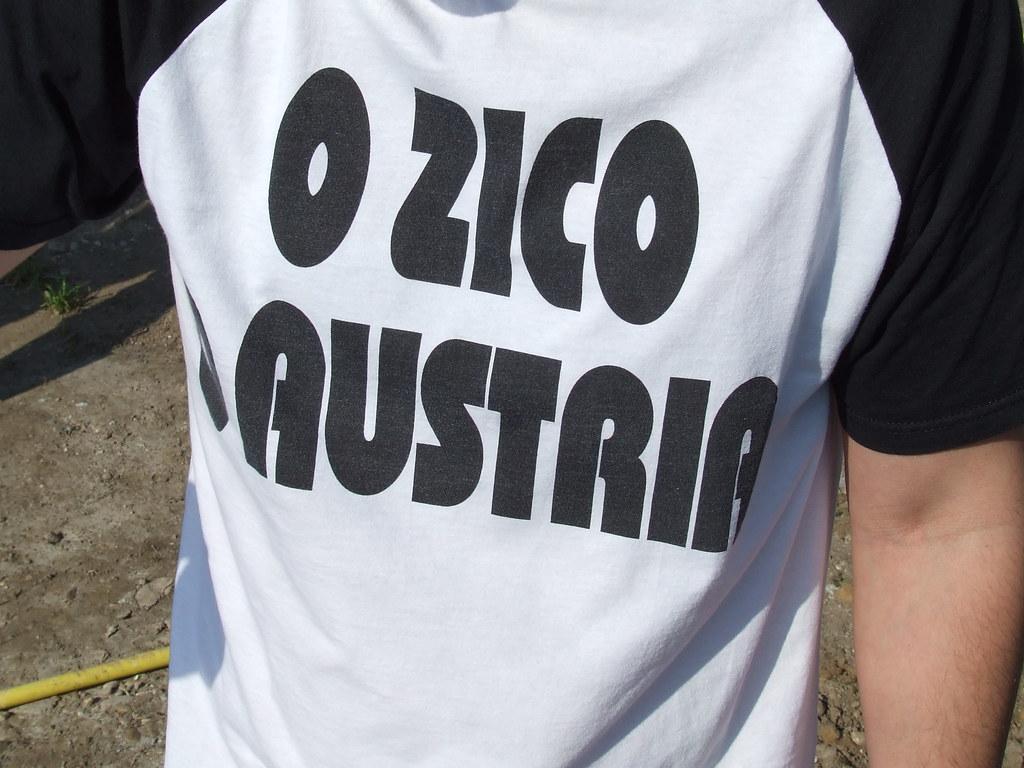

Udine, July 4, 1983. Zico or Austria.
'Zico or Austria', says a banner indignant with the decision of the FIGC to cancel the contract for the arrival of Galinho: his and that of Toninho Cerezo at Roma, issues of companies created ad hoc for transfers deemed too onerous.
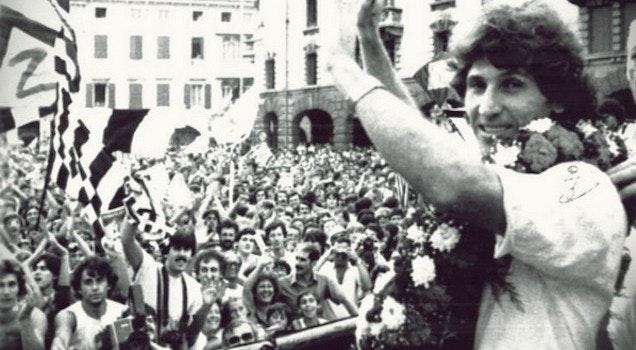
Udine, 1983. The arrival of Zico.
In the end the people win, with such strength that doesn’t seem different, at least at that juncture, from the passion with which San Paolo will welcome Maradona the following year. Zico was already Zico, affirmed by his feats in Flamengo. With a rising star world championship behind him in 1978 lost by Seleçao due to a too partial needle of balance Peru in the game of goal difference with the hosts of Argentina. So the backbone of the last poetic Brazil, the one that seemed so unbeatable that didn't care about the defensive phase to deliver itself helpless to the merciless blows of the Mundial Paolo Rossi of Spain.
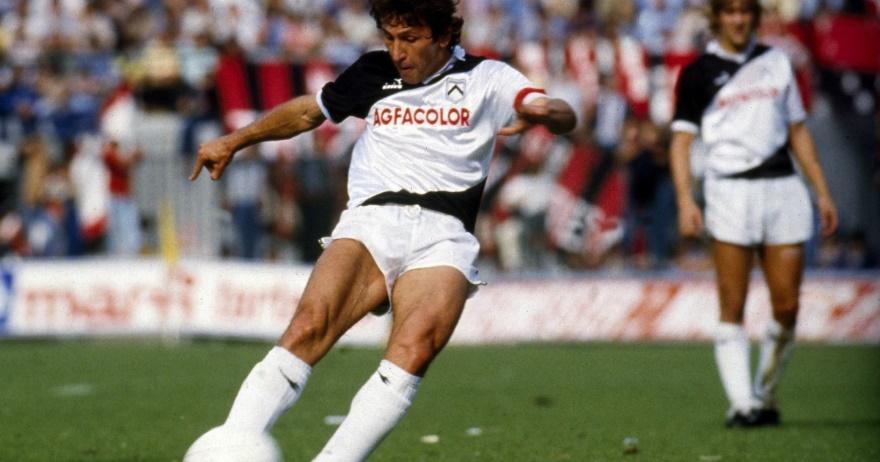
Zico is more than enough to enchant the stands. There is no need for anything else.
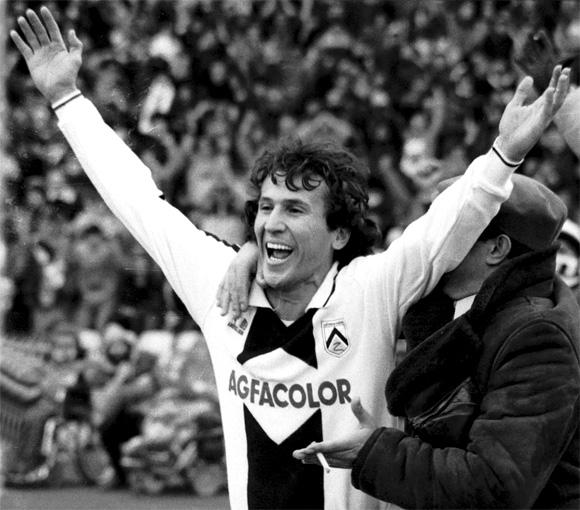
He and the others, dominators of the eighties who, at this moment, seem objectively unrepeatable for Italian football.
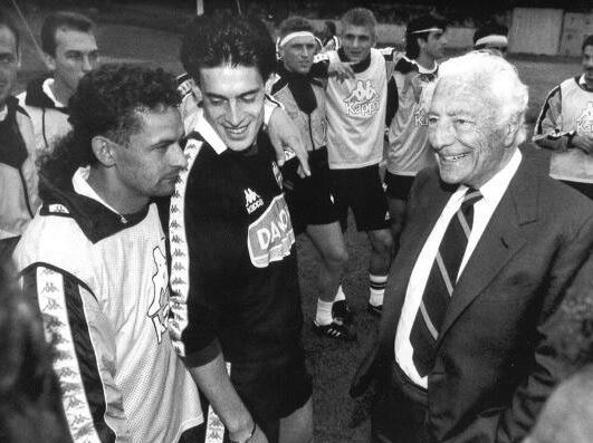
Gianni Agnelli and Roberto Baggio.
It is not so much a question of Cup finals: after all, even in the following decades something good will be achieved. It is a question of environment, of stadiums that are always full, of Agnelli lawyers raging at the microphones, of many other characters, not necessarily winners. Because that decade is not just Zico, Maradona, Platini or Falcao, or also the Inter of the Germans and the Milan of the Dutch. And if, as Proust stated, the memory of past things is not necessarily the memory of how they really were, that of the eighties is so engraved in the memory that comes very close to reality.

Bologna vs Inter. Bologna, 1997. Ronaldo and Roby Baggio.
Baggio and Ronaldo devoted to San Zico. Published in the edition of 14 September 1997 of Gazzetta dello Sport by Germano Bovolenta.
Both Roberto Baggio and Ronaldo Luis Nazario de Lima, “Il Fenomeno”, are great admirers of the Brazilian champion of the seventies and eighties.
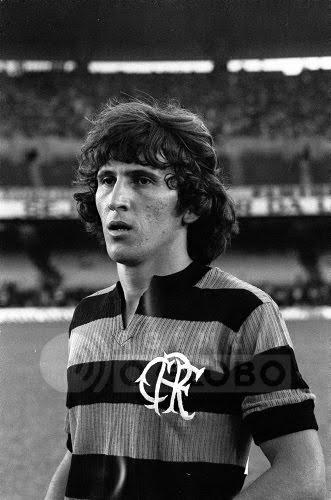
Zico at Flamengo on 08-11-1978.
Robertino collected the cassettes, Ronaldinho the balls. Robertino had put up a film library, all cataloged, year by year, feats and prodigies. Ronaldinho saw the balls enter, soft, lifted, at the intersection and in the corner and printed them in his big head. Robertino and Ronaldinho made the collection of Zico.
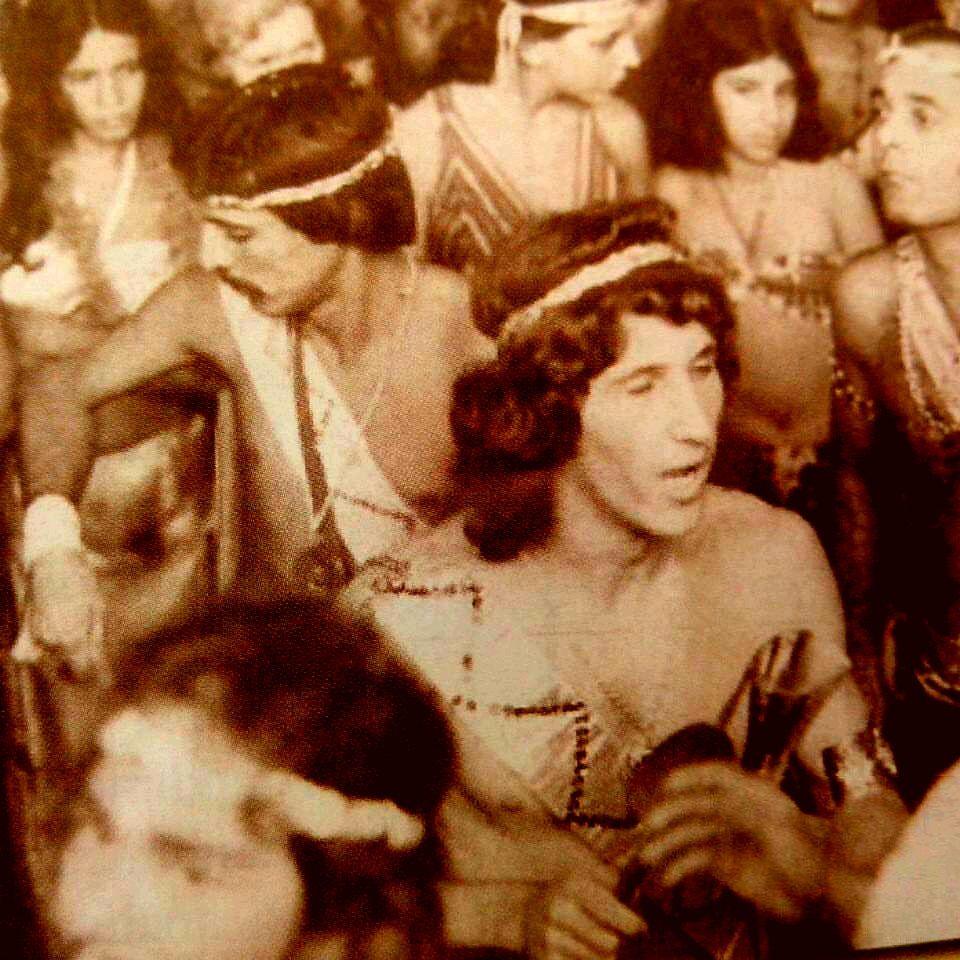
Artur Coimbra Zico, known as the Galinho, the greatest. In the early eighties in Vicenza, Baggio plays in the C1 League, has curls and lives of Zico. His free kicks, his arching shots, his lobs, his feints, his dribbles. Zico is the gold rush, Zico is the mirage, Zico is the road. And Roberto runs and travels and follows the dream. One day in Japan, in Tokyo, he meets him and talks to him. He is already Roberto Baggio, Zico is a school. Artur the Galinho gives him the most beautiful actions of his career packaged and closed in a cassette. Roberto Baggio takes them home and sees and reviews them to the bitter end. Like a child. Zico is his favorite cartoon. "The joy of football", Roberto always says. He takes him inside, Zico, to Florence and to Juventus.
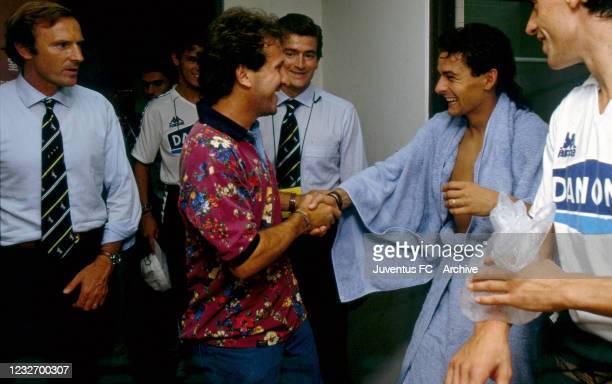
Juventus player Roberto Baggio meets Zico in the dressing room.
In Turin he meets Alessandro Del Piero, who tells him: "I am for Platini". "Ah and I am for Zico. A whole other thing, Zico," Roberto says. Baggio never went crazy for Platini. He liked him, of course. Who didn't like Platini? But he wasn't “in love” with him. And Michel always kindly returned the favour: "Baggio? An unfinished player". Platini never said "he is a great half player", but he made it clear with subtle perfidy, underlining: "he is a nine and a half". Baggio keeps Zico and Zico follows Baggio in his last very rich tortuous paths, Milan and Bologna. Always present, always in the heart. "He is my idol", Roberto says. Can a Golden Ball winner still talk about idols? "It's a feeling," Robertino says. When Roberto Baggio, 30 years old, tells his story about him and puts into it everything he knows and that he has seen of Zico. When Ronaldo Luiz etcetera etcetera talks about his 20 years and his dreams as a child and tells of when he was Zico's ball boy. He was a fan of Flamengo and collected the footballs signed by the Myth Artur. When they send him to the cold and sad Eindhoven he gets a lump in his throat. "I took courage thinking of Zico. I said to myself: one day I can become like him. I tried to imitate him". Zico is at the end of his career, Ronaldo's Zico is more televised than real. But that's the way, follow it. "I know, he won little, he didn't win anything important. But he remains the greatest, inimitable". This says Ronaldo in Holland and Spain. Then comes the Ronaldo-mania and he becomes the Phenomenon, the Ufo, the Best. They compare him, they bring him close to Pele'. They put him next to O 'Rey. Too much? Well, actually there is a bit of exaggeration. "I always aim for Zico", Ronaldo continues to say. The story of Roberto Baggio and Nazario de Lima etcetera etcetera is full, swollen of Artur Coimbra Zico. Baggio number 10, Ronaldo number 10. Zico number 10. It's easy to say: numbers don't count, they are cold, they don’t convey more emotion. They are just a stamp on your back. The Bosman law has changed that too, analysts say.
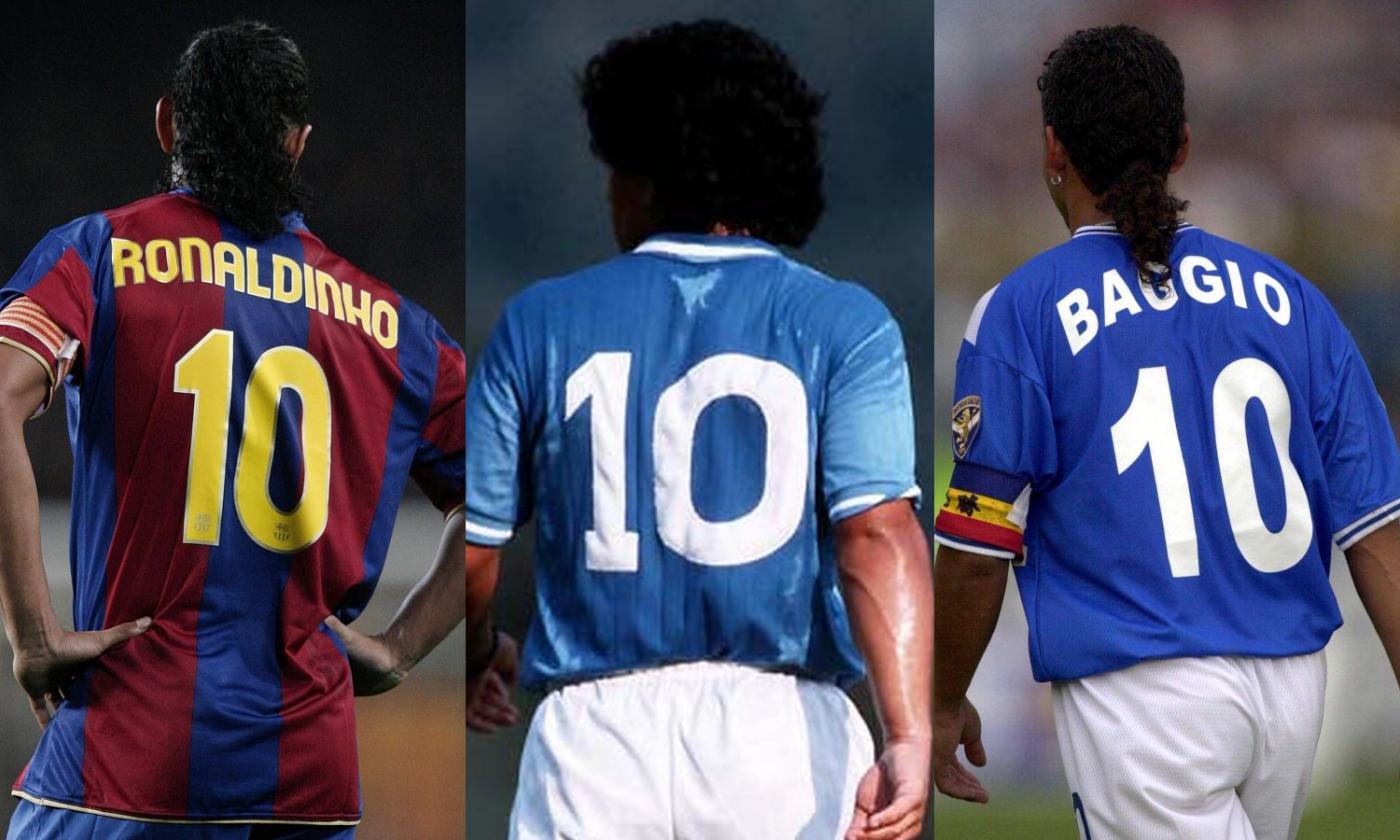
Ronaldinho, Maradona and Baggio.
Maybe, but Baggio has the ten like Zico and Platini. Ronaldo like Pele' and Maradona.
The phenomenon puts chills, when he goes on the opponent - the experts say - he always hurts. He starts on tiptoe and you think: now he slaughters you ...
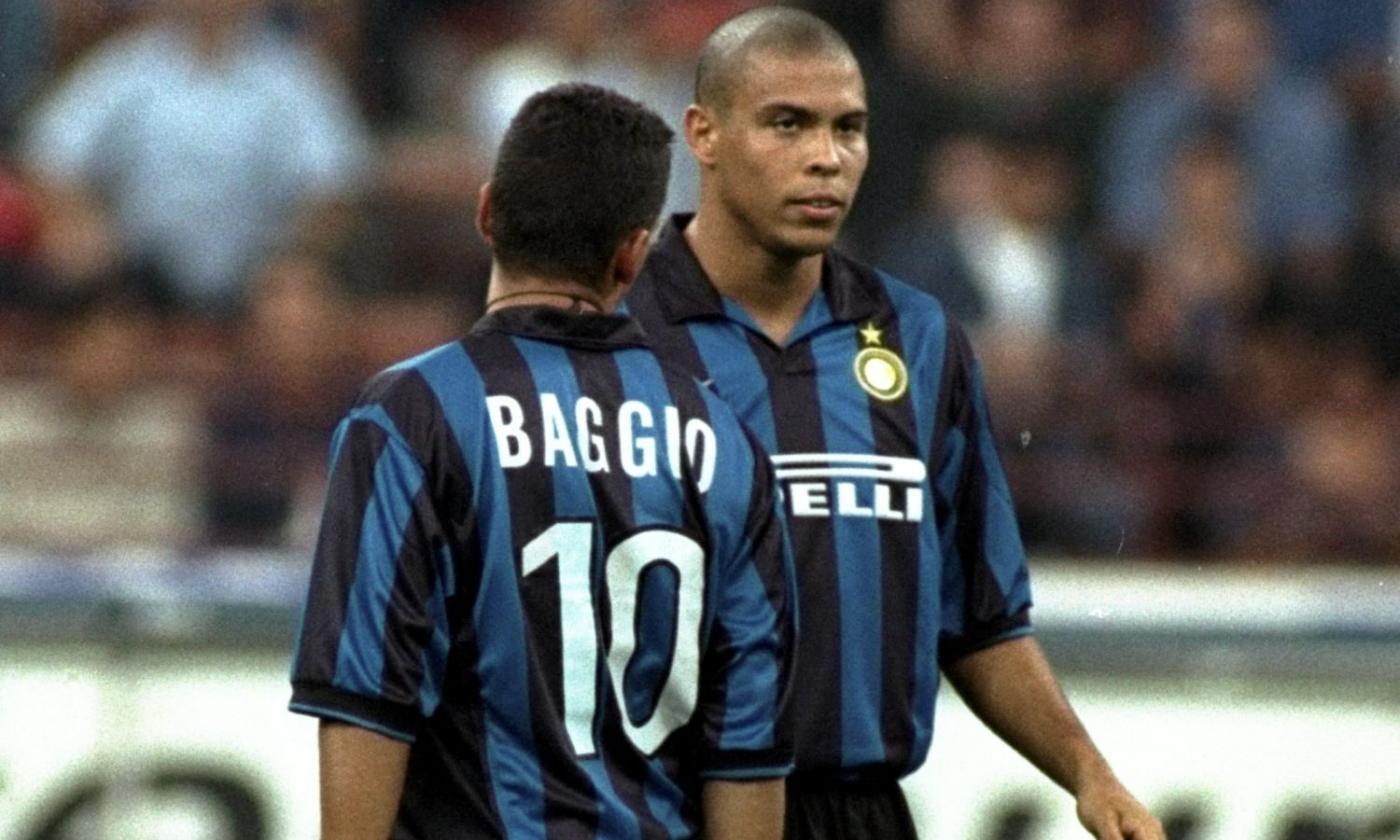
Baggio and Ronaldo at Inter Milan.
Dino Sani, former AC Milan player in the Sixties, coach for the rest of his life in Brazil, says: "I love football and those who love football especially love Roberto Baggio and Ronaldo. Baggio in Brazil would have been a king. As in Italy and more than in Italy. Like Ronaldinho. Baggio and Ronaldo are artists, playmakers, the essence of football. Now we talk about pressing and doubling and a thousand other things invented by technicians of the modern football which exasperates. And they question Baggio, they ask him for sacrifices. I played with Rivera and no one has ever asked him to sacrifice himself. He knew what to do. Like Ronaldo. Like Baggio". The two greats of our football enter that place where "you played like this only in Heaven".

Brazil 1982 World Cup team.
Zico played in the strongest football team ever, Brazil 1982, which didn’t win the World Cup because it didn’t have the goalkeeper and the center forward and because it met Paolo Rossi's Italy.
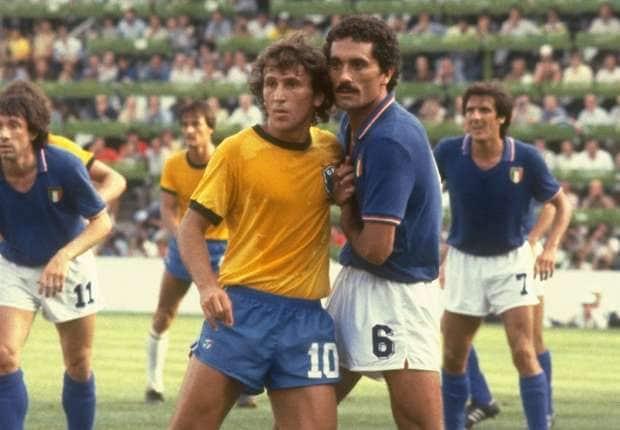
Italy v Brazil was a football match that took place at Estadio Sarriá, Barcelona, on 5 July 1982. It was the final second round group stage match for Group C in the 1982 FIFA World Cup. The match was won by Italy 3–2, with Italian striker Paolo Rossi scoring a hat-trick. In the photo Zico and relentless Italian defender Claudio Gentile man marking him.
And of that team of giants Zico was the strongest. “A lot of people talk about what the 1982 team did on the pitch but that side was so dear to Brazilian fans also because it featured players that supporters would see in flesh and bone on a regular basis, either at games or even on the streets. Now they basically only see the Selecao on the TV. For me the 1982 Brazil squad was the best, although we could not win the World Cup. Zico said of the 1982 Brazilian team.
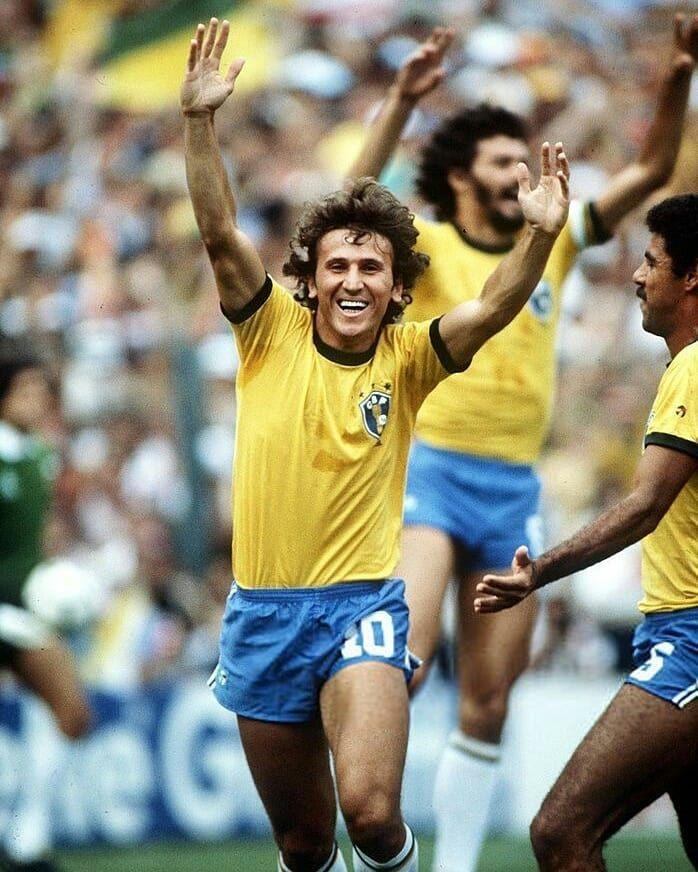
Zico, Socrates and Cerezo in the Brazilian national team in 1982.
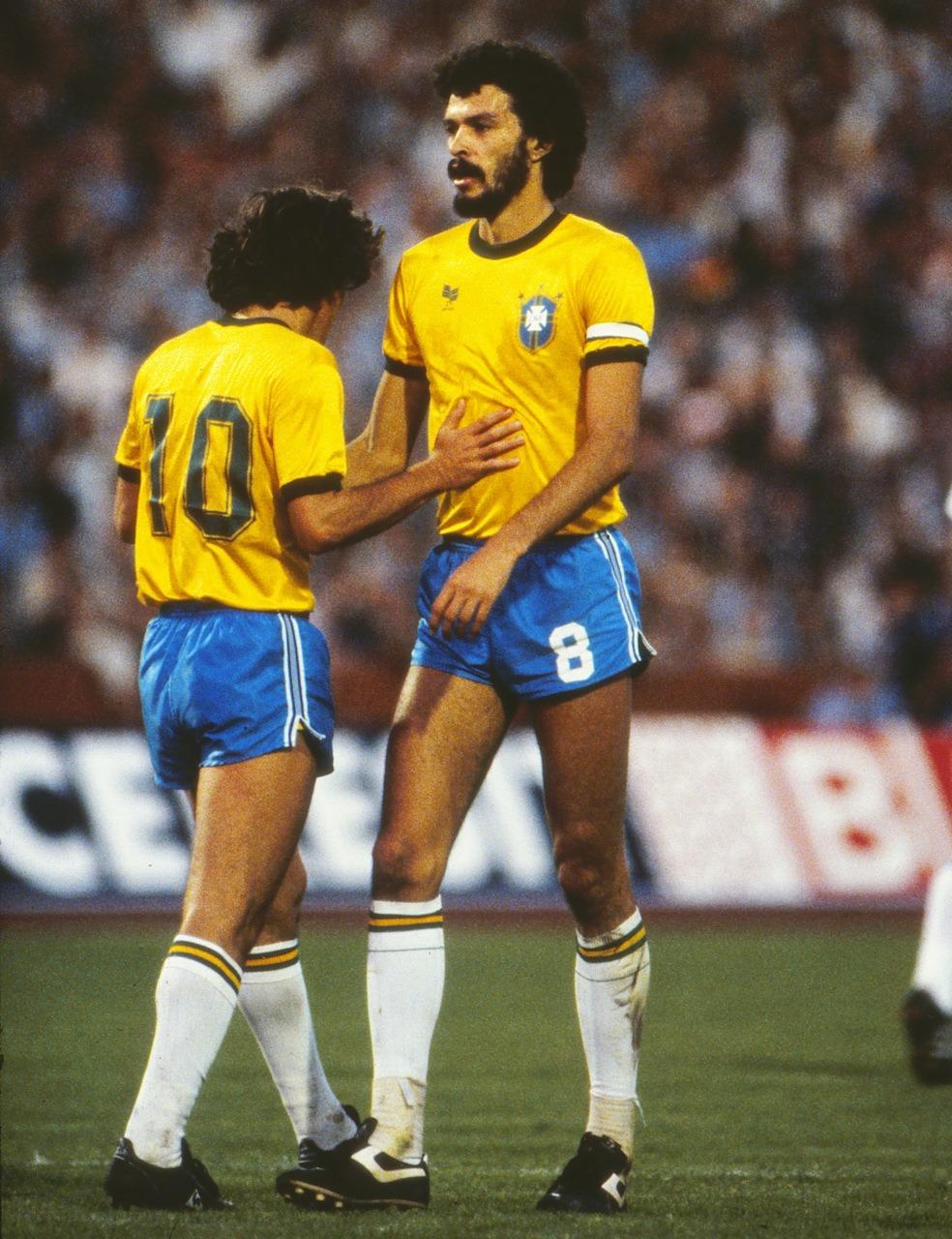
Zico and Socrates, “El Taco de Dios”.
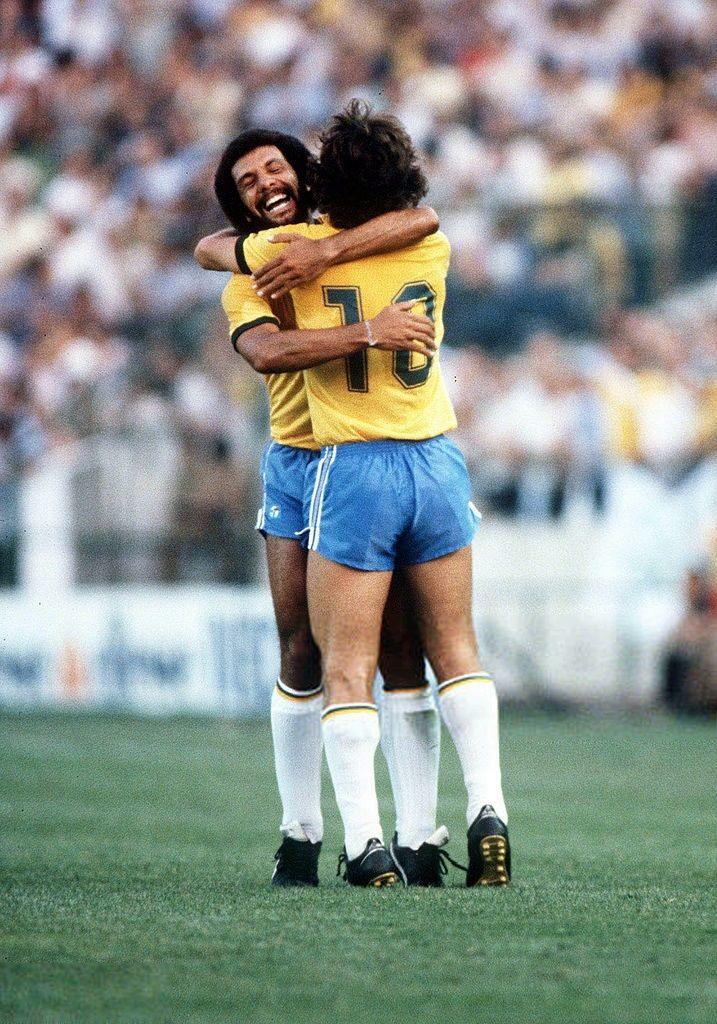
World Cup Finals, Seville, Spain, 23rd June, 1982, Brazil 4 vs New Zealand 0. Brazil's Zico is congratulated by teammate Junior after scoring the first goal.
Zico was the only player applauded and cheered on the pitch by the opposing fans, who urged him to take a free-kick against their own team and cheered at his goal. With his feints he made the defenders turn 360 degrees. He was a player on the level of Maradona, Pele’ and Ronaldo the Brazilian. On the highest pedestal of football of all time.
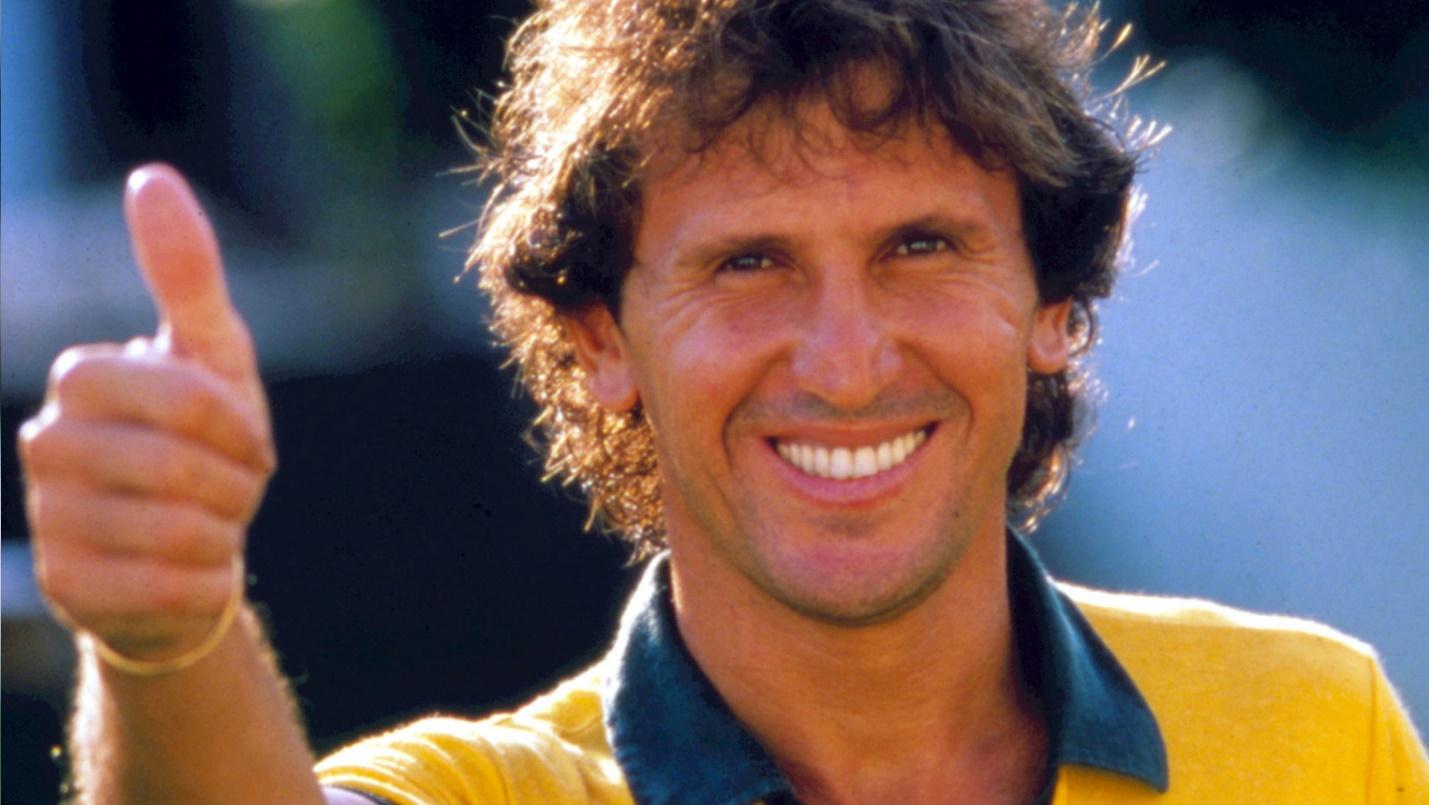
Arthur Antunes Coimbra, born 3 March 1953 in Rio de Janeiro, better known as Zico (ˈziku), is a Brazilian coach and former footballer who played as an attacking midfielder. Often called the "White Pelé", he was a creative playmaker, with excellent technical skills, vision and an eye for goal, who is considered one of the most clinical finishers and best passers ever, as well as one of the greatest players of all time. One of the world's best players of the late 1970s and early 1980s, he is regarded as one of the best playmakers and free kick specialists in history, able to bend the ball in all directions. As stated on goal.com, Zico is the player that scored the most goals from direct free kicks, with 101 goals.
In 1999, Zico came eighth in the FIFA Player of the Century grand jury vote and, in 2004, was named in the FIFA 100 list of the world's greatest living players. As stated by Pelé himself, considered one of the greatest players of all time, "throughout the years, the one player that came closest to me was Zico".
With 48 goals in 71 official appearances for Brazil, Zico is fifth highest goalscorer for his national team. He represented Brazil in the 1978, 1982 and 1986 World Cups. They did not win any of those tournaments, even though the 1982 squad is considered one of the greatest Brazilian national squads ever. Zico is often considered one of the best players in football history not to have been on a World Cup winning squad. He was chosen as the 1981 and 1983 Player of the Year.

Zico quotes
“When I was a kid, my big hero was the number 10 of Flamengo and not the number 10 of Santos. His name was Dida. We didn't have much knowledge about the championship in Sao Paolo or in the south of Brazil. We just knew about the championship in Rio because I am from there. But Pele played for the national team and was a hero”.
“I traveled to many countries when I played. But wherever I went, it was a journey between an airport, a hotel, a stadium and a railway station or a bus terminal and I didn't have a chance to experience these places properly”.
“My philosophy is always to play forward because goal is the reason of football”.
“I don't know why everyone refers to me as White Pele. I don't like it”.
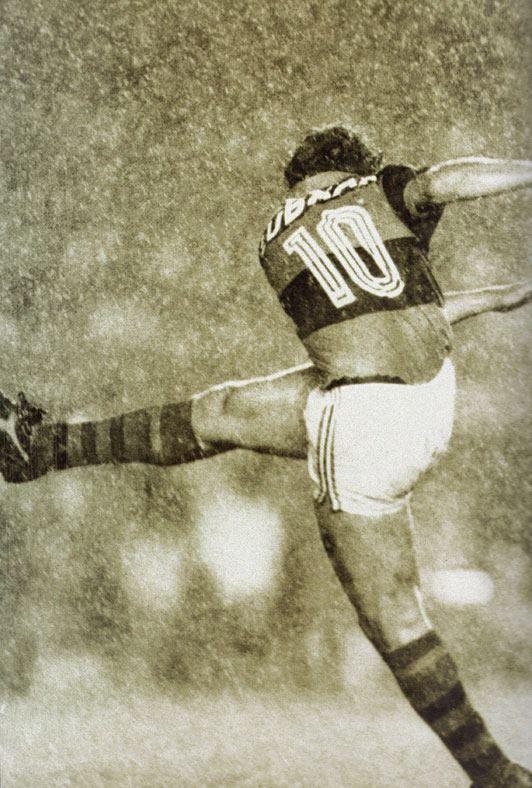
“My father taught me to love Flamengo, which has always been my second home”.
“My grandfather is a musician, my son is a musician and a singer. My mother played the piano too”.
“Football never surprises me”.
“I want to win all the time; even in a dice game I want to win”.
“Maradona is among the best five players I've ever seen: Garrincha, Pele, Diego, Cruijff and Beckenbauer. Everything Maradona did he did with a guy hanging on his neck during 90 minutes. Considering Messi's quality and everything he represents, I don't think I've seen him playing with a guy following him around the pitch the entire time with the sole purpose of not letting him play”.
“Maradona, if the ball came from his right he would turn and would use his left foot, because he did not use his right. But he did use his right hand”.
“There is nothing wrong in losing with dignity, it is a part of the game”.
“When God built Pele, he put everything that a player needs in him. He knew how to shoot, how to dribble, how to head, be physical. He had everything that a football player needs to have. It's difficult for someone to achieve what he has in football. Tactically, technically, physically, mentally he was the best. A lot of things that I learnt was from Pele's sticker albums: how to head, how to shoot the ball. It was like a step-by-step guide. I learnt from Pele as a kid. Everything you can imagine from a player, Pele has done it. I don't think Pele was the ultimate hero for our generation, he is the ultimate hero of every generation of Brazilians. He was the greatest player".
“I've always done everything with love and dedication, thinking of the best for the club and the fans.”
“Messi and Cristiano Ronaldo are two players that, the way I see it, can have a spot amongst the best of all time”.
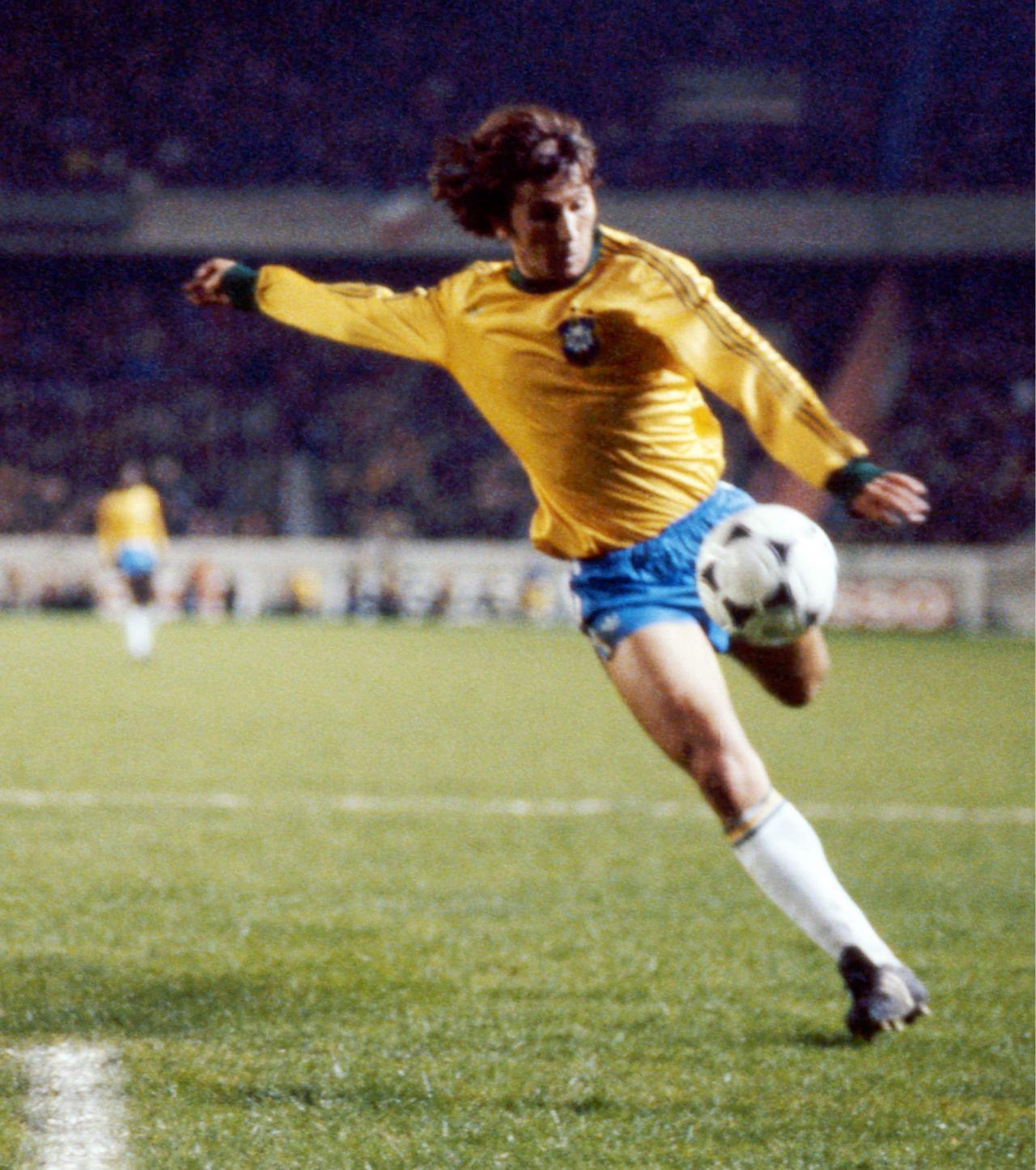
Zico wishes Baggio a happy birthday. By Alessandro Cesare. Friday 17th February 2017.
UDINE – They were two of the best number 10s in the world. Arthur Zico and Roberto Baggio. The first, the flag of Flamengo and Udinese, the second of Fiorentina and Juventus (but not only). On Saturday 18 February Baggio will turn 50 and Zico, who is currently in Udine, wanted to dedicate a few words of esteem and affection to him. «Congratulations to Baggio for having reached the age of 50 in health, the Galinho said. I'm a big fan of him too. I enjoyed a lot seeing him when, in 1990, I was working for Brazilian TV and also in 1994 he did well, even if he didn't manage to win. But, if Italy has arrived in that position it is thanks to what he has done throughout the tournament. Unfortunately, I didn't have the opportunity to play with him. However, he remains one of the best Italian players ever».
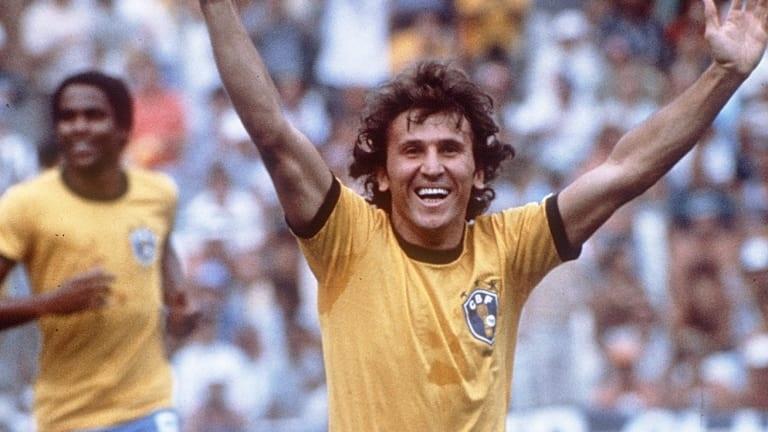
Baggio and Zico, humble, helpful, proud of their origins, of their sacrifices, silent, never a word out of place. And always on the side of the fans. Only one thing is missing: the World Cup. Zico was beaten by the Great Italy, Baggio missed a penalty in Pasadena.
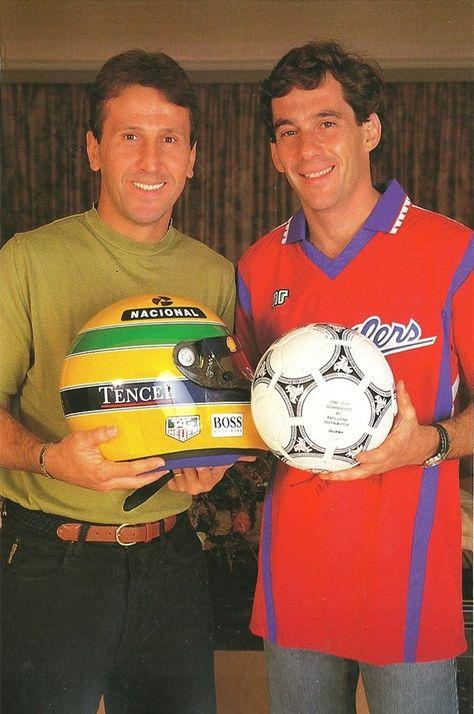
Zico with Ayrton Senna.
In addition to Baggio and Zico, are related to Formula 1 and Ferrari the other two greatest Brazilian football champions, Pele' and Ronaldinho Gaucho.
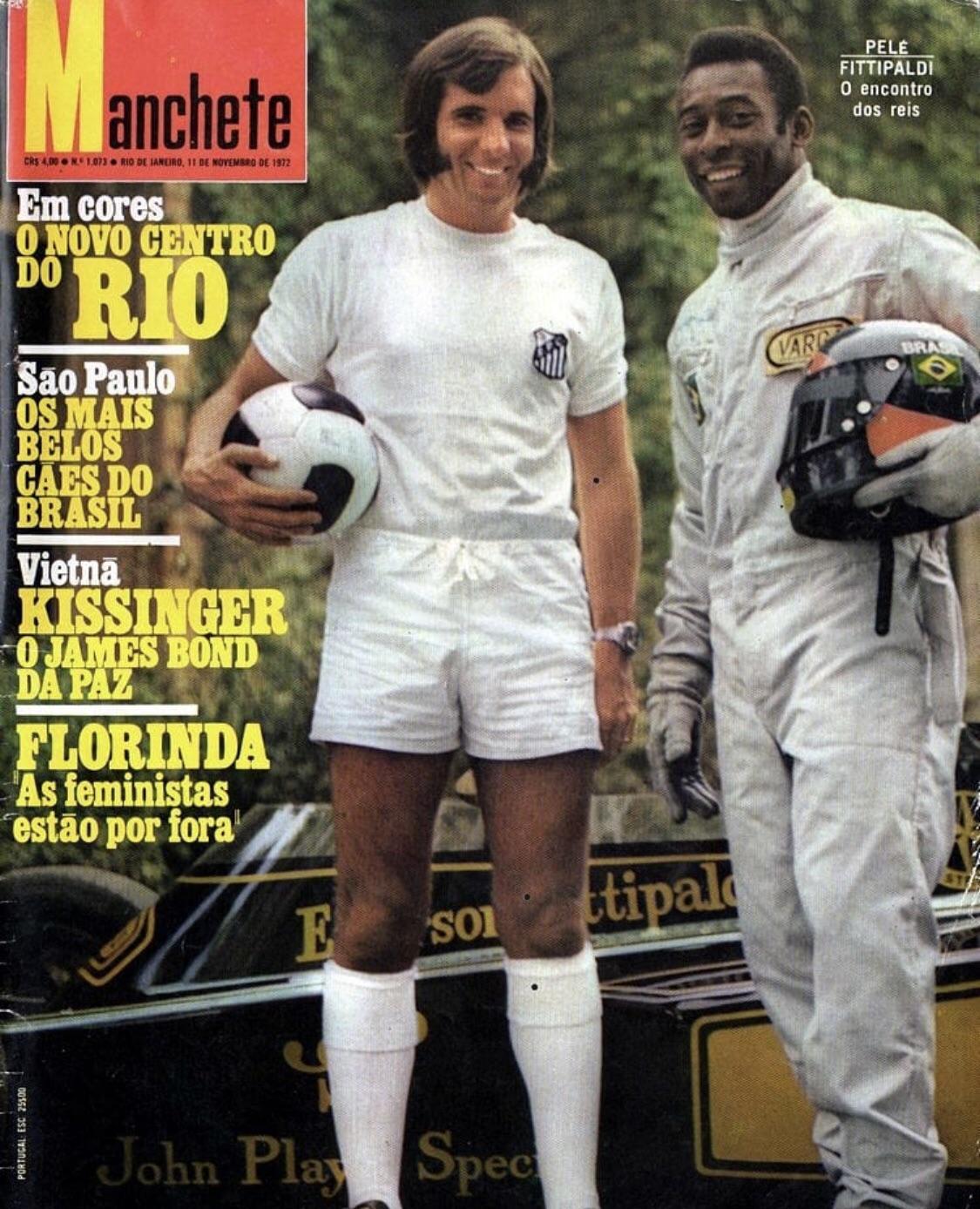
Emerson Fittipaldi and Pelé on a Brazilian magazine in 1972.
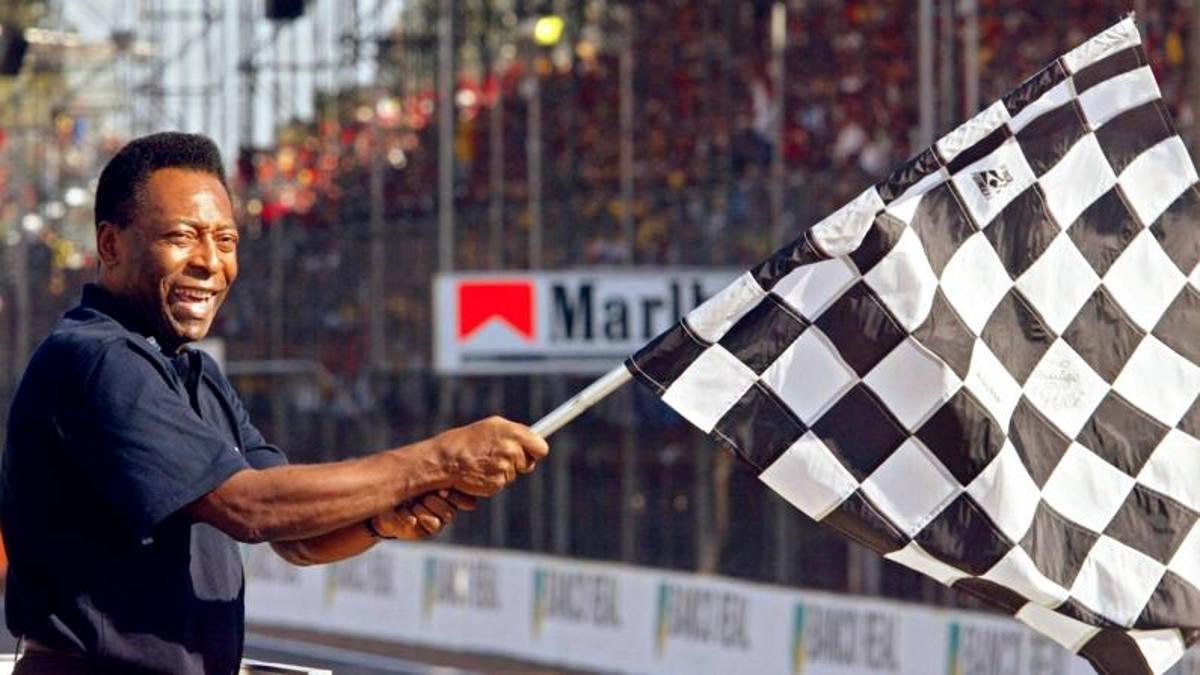
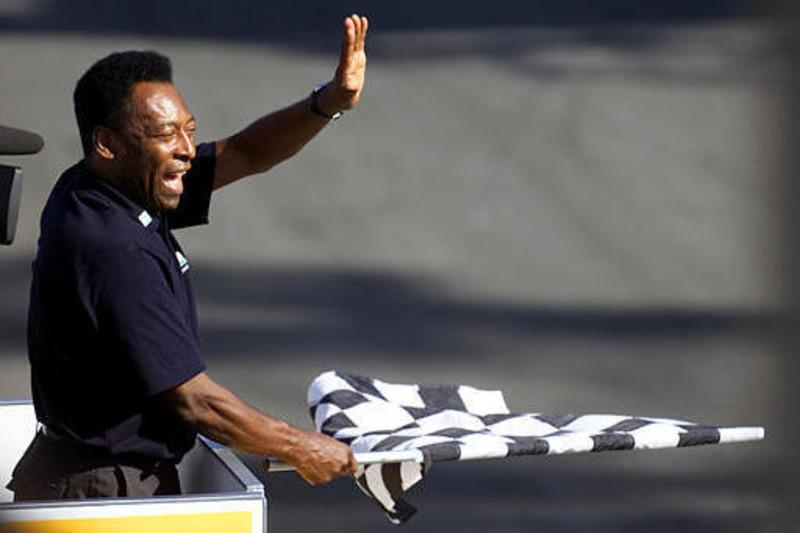
2002 Brazilian GP, Pele waves the checkered flag to his friend Michael Schumacher.
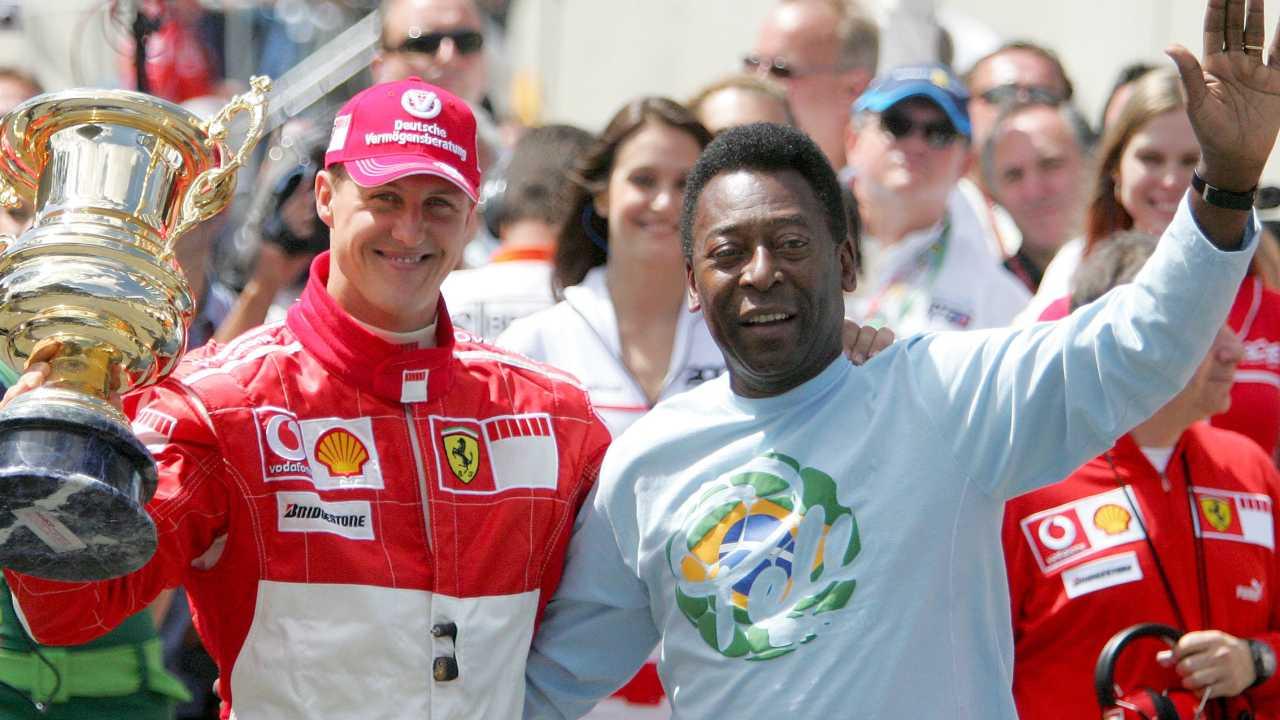
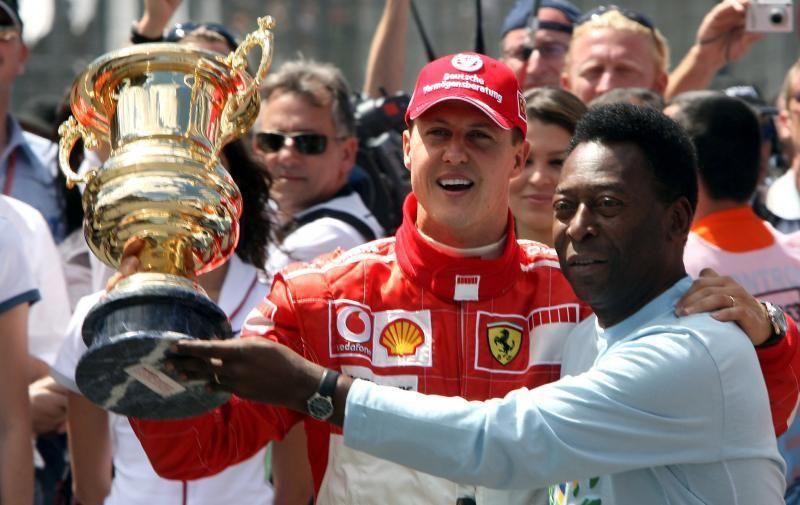
The 2006 Brazilian Grand Prix would be Schumacher's last race before his first retirement. Michael Schumacher being presented a lifetime achievement award by Pelé. Getty Images.
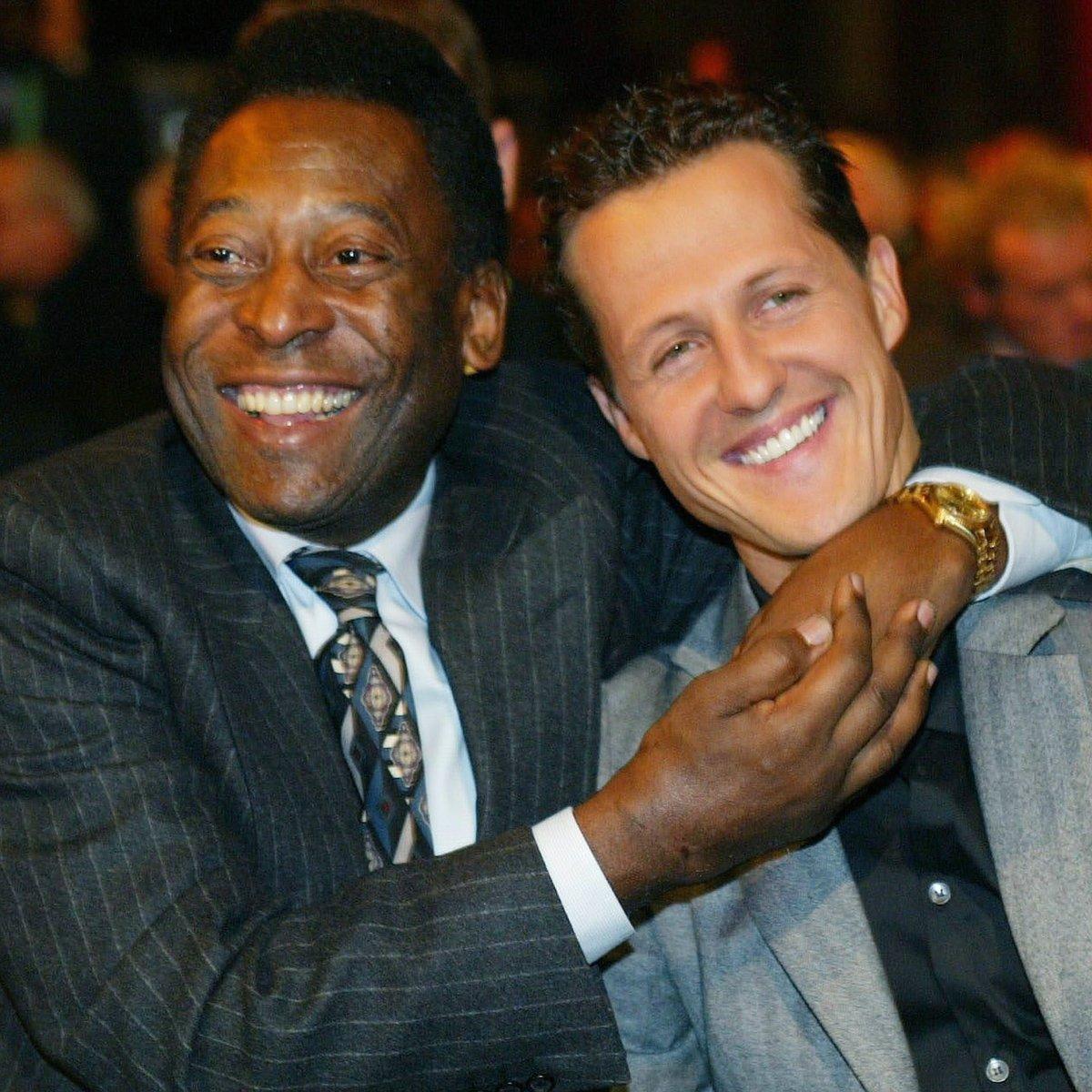
Pele’ and Michael Schumacher.
Edson Arantes do Nascimento, born 23 October 1940, known as Pelé, is a Brazilian former professional footballer who played as a forward.
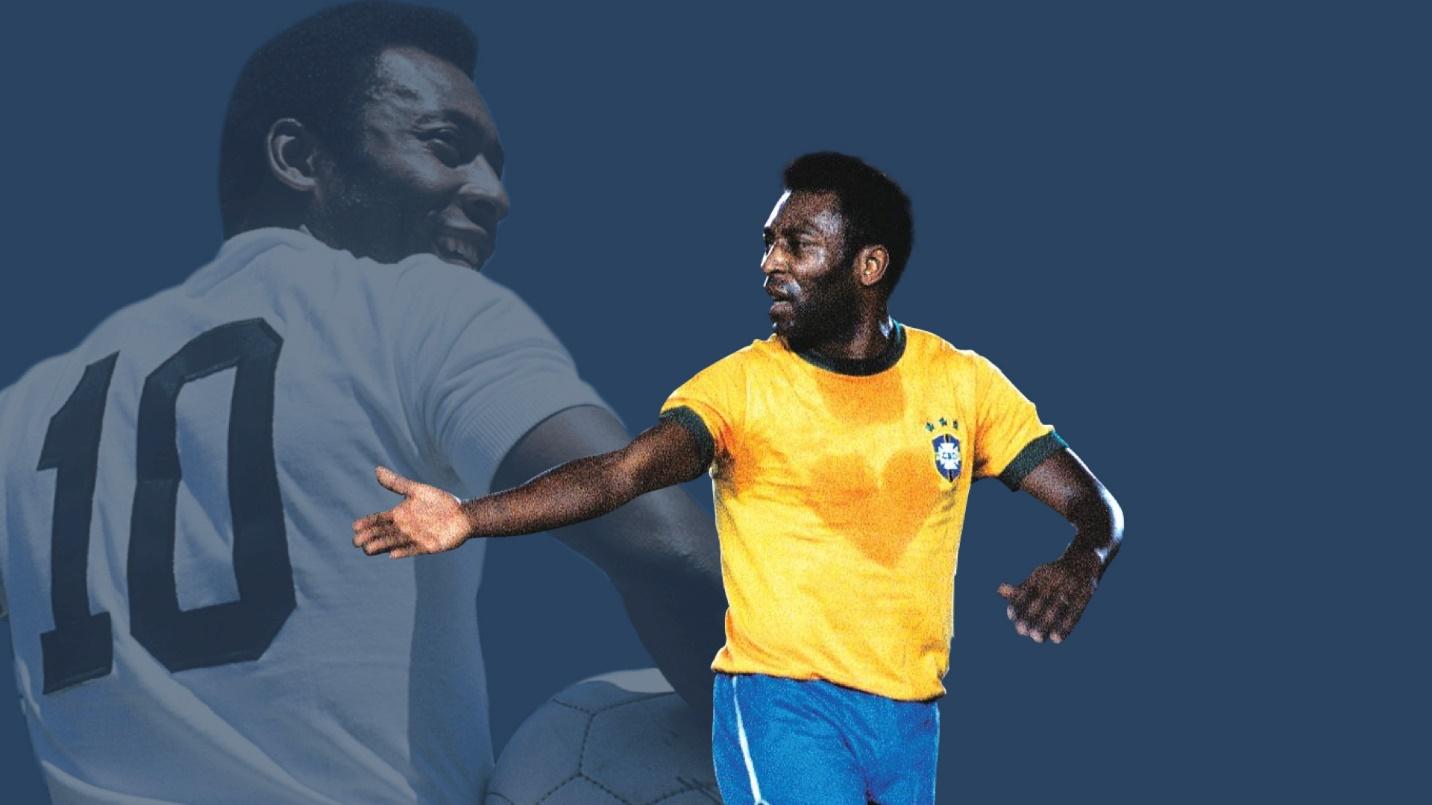
Regarded as one of the greatest players of all time and labelled "the greatest" by FIFA, he was among the most successful and popular sports figures of the 20th century. In 1999 he was named Athlete of the Century by the International Olympic Committee and was included in the Time list of the 100 most important people of the 20th century. In 2000, Pelé was voted World Player of the Century by the International Federation of Football History & Statistics (IFFHS) and was one of the two joint winners of the FIFA Player of the Century. His total of 1,279 goals in 1,363 games, which included friendlies, is recognised as a Guinness World Record.
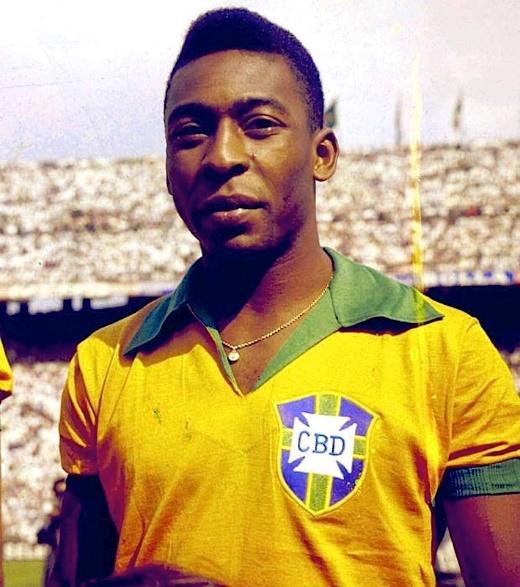
Pele’, Santos F.C.
Pelé began playing for Santos at age 15 and the Brazil national team at 16. During his international career, he won three FIFA World Cups: 1958, 1962 and 1970, the only player to do so. Pelé is the all-time leading goalscorer for Brazil with 77 goals in 92 games. At club level, he is Santos' all-time top goalscorer with 643 goals from 659 games. In a golden era for Santos, he led the club to the 1962 and 1963 Copa Libertadores and to the 1962 and 1963 Intercontinental Cup. Credited with connecting the phrase "The Beautiful Game" with football, Pelé's "electrifying play and penchant for spectacular goals" made him a star around the world and his teams toured internationally in order to take full advantage of his popularity. During his playing days, Pelé was for a period the best-paid athlete in the world. Since retiring in 1977, he has been a worldwide ambassador for football and has made many acting and commercial ventures.
Averaging almost a goal per game throughout his career, Pelé was adept at striking the ball with either foot in addition to anticipating his opponents' movements on the field. While predominantly a striker, he could also drop deep and take on a playmaking role, providing assists with his vision and passing ability and he would also use his dribbling skills to go past opponents. In Brazil, he is hailed as a national hero for his accomplishments in football. His emergence at the 1958 World Cup, where he became the first black global sporting star, was a source of inspiration. Throughout his career and in his retirement, Pelé received several individual and team awards for his performance in the field, his record-breaking achievements and legacy in the sport.
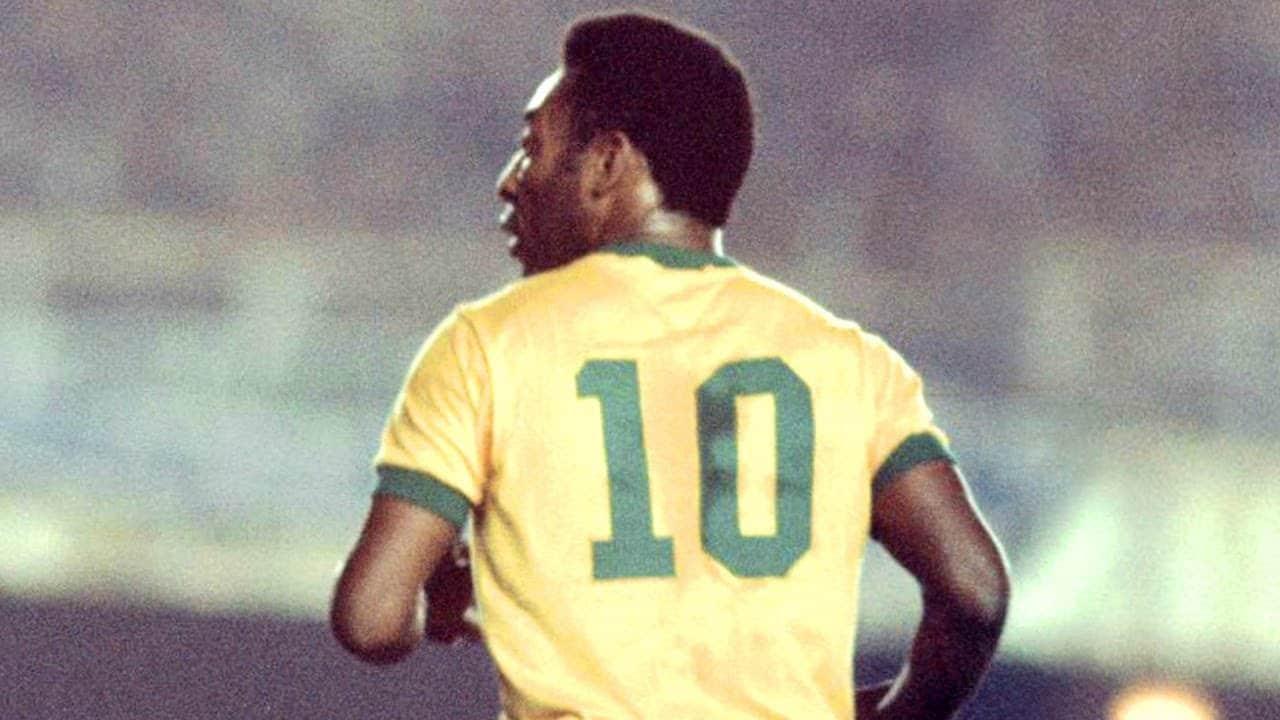
Pele, the greatest, turns sixty. Greetings king of football. An unrivaled life. by Gianni Mura.
Pele turns sixty, doing very well. He has always been black and no one ever allowed himself to make the sound of the monkeys when he played, nor to treat him badly for the color he had and has. In 1977, the UN awarded him the title of Citizen of the World. Pele has been and continues to be football. We remember him suspended in the air, he seemed to never go down, yet Burgnich was taller than him, 1-0 for Brazil, the first goal of the 4-1 that became famous for the six-minute relay reserved for Rivera. But how that Brazil played. Pelé played 110 matches for the national team and scored 96 goals. He never wanted, out of humility, the captain's armband. Throughout his career he has played 1364 games scoring 1281 goals. Just to give the idea. Looking at him bundled up in his overalls Pele had nothing special, neither muscles nor height. On the pitch he knew how to do everything, for infused science. Nobody had taught him anything. Not his father Dondinho, a discreet player and no more with Atletico Mineiro. Not the fat and acute Vicente Feola, the coach of Neapolitan blood who called him to the national team when he was not yet 17 years old (on 7 July '57) and then wanted him to be at the world championship (won) in Sweden. Pelé was born in a poor village with a beautiful name, Tres Coracoes, Three Hearts, in the mining area of Minas Gerais. A minimum of apprenticeship in the Baurù youth teams and immediately Santos, the only club shirt of his career before he allowed himself to be tempted by Kissinger's dollars and faced (also with ambassador intentions on the new frontiers of soccer) the American experience with the Cosmos. The first match with Santos is on 7 September 1956, the last with Cosmos is dated 1 October 1977. In the middle there is a prodigious parable: he is the only one to have won the world championship three times. With Santos he has won 9 league titles, 7 of which consecutive. One day Trapattoni, recalling the famous marking at San Siro, told me: "Pelé was so good that you didn't even want to hit him. And then that time in Milan he had a messy ankle. But he had to play. The Santos rate was: 50 thousand dollars with Pelé from the start, 10 thousand without Pelé". Perhaps Trapattoni, a loyal tough guy, didn't want to beat him. Many others did, the only sure way to stop him being to kick him. It happened in particular at the World Cup in '66, in England, which historians have cataloged as the most violent. At the opening match, the Bulgarian Zecev beats the hell out of Pele and then the Portuguese defenders complete the work. Brazil doesn't go far. Four years earlier, in '62 in Chile, Pele started but did not finish the tournament. Trying to dribble past Masopust he pulled a muscle, the ball remained there and the captain of Czechoslovakia, who was a gentleman, immediately kicked it out of play and knelt beside the opponent. His deputy, Amarildo, played the other games and was an encore in the Rimet cup. It didn’t happen often, in Italy, to see Pele play. There weren't all the TVs of today. Generally, we had to wait for the World Cup. Let's base ourselves on '58 and '70, Pele is always the same. Wonderful technique, speed, dribbling. Strong with his two feet, strong with his head, perhaps he would have been good as a goalkeeper too (a role chosen by his son). He was equally skilled in the shot on goal as in the assist and of a total football intelligence: he always knew what had to be done and he did it better than the others. In Brazil his name appears in more than a hundred songs (in Italy, in one of the Quartetto Cetra). He was the joy of the people, like Garrincha, but with a less sad story in the premises (polio) and in the conclusion (alcoholism, loneliness, misery). I have heard, never seen, of a goal by him at Fluminense in '61: he dribbled seven players plus the goalkeeper. Eduardo Galeano remembers and writes about his goal number 1000, in 1969. Maracanà, playing with Vasco da Gama. In his own way, light, never mocking, Pelé advances dribbling, is tripped in the box, penalty kick. Pele doesn't want to take it but a hundred thousand people shouting his name make him change his mind. "The people felt that this penalty kick had something sacred. And for this reason the most messy people in the world fell silent. The clamor of the crowd fell silent as if obeying an order: no one spoke, no one breathed, no one was there. Pele and the goalkeeper Andrada were alone". So Galeano writes. Pelé would certainly have come to play for an Italian team (Juve, Milan or Inter) if the Brazilian government had not defined him as a national heritage prohibiting his export. He was not yet 20 years old. And he has been a symbol for more than 40. Those who love football love Pele, for what he has done and for how he has kept himself. Available, nice, very easy going, just like when he played. He was minister of sport, it was inevitable, but he did not impose his presence on football: if they call him, he leaves, if there is something to comment, he comments and always with a great sense of proportion. His people called him “O Rey”. The king is not dead, is only retired. And there is no one who has taken his place.
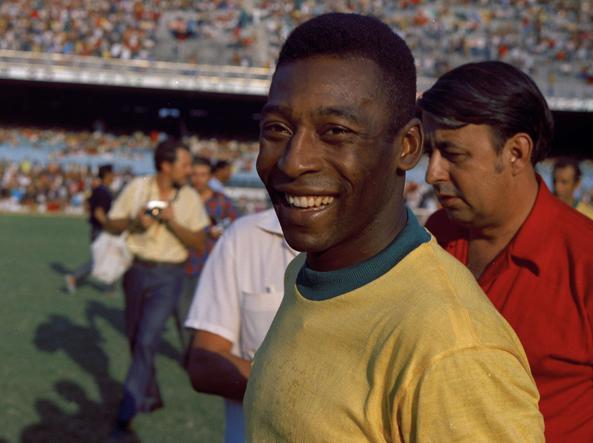
Pelé, the eightieth birthday of the legend of another football. By Jean-Julien Ezvan. 28 October 2020. Copyright Le Figaro / Lena-Leading European Newspaper Alliance.
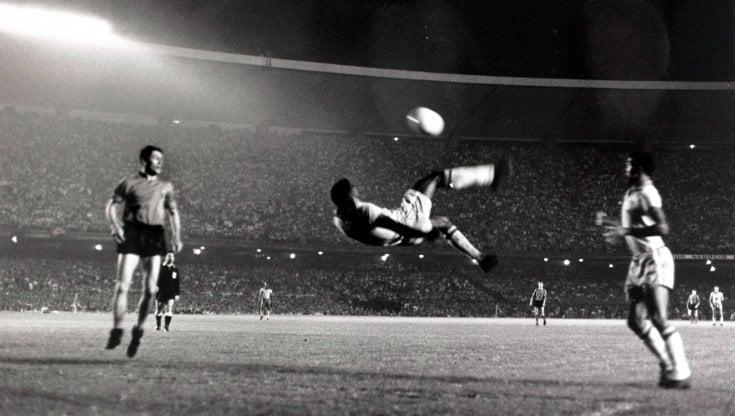
An overhead kick by Pele during a friendly match Brazil-Belgium.
“He is the icon of football that was seen little or nothing. But you listened to him and imagined him, dreaming of the joyful search for the impossible”. Le Figaro
Memories of a football that was hardly seen or not seen at all. The matches were listened to, the actions shared and then the imagination run wild. A treasure never affected by the passage of time. At 80, Edson Arantes do Nascimento, known as Pelé, still represents this joyful quest for the impossible, this nostalgic journey that unites several generations. A legend crowned by the prestige and mystery of the pioneers. Pele, two syllables, the passport of a citizen of the world.
Unparalleled character, whose evocation is a smile, a dance, a sequence of successes. Pelé still lives in Santos in a large house. It is his base, his team, his city. He no longer appears in public but continues to send messages, which he did even after the airing of a TV Globo documentary. He thanked for the homage on his birthday and said: "I have to thank God for my health and for having reached this age still lucid, not more intelligent but lucid. I hope that, at my death, the Lord reserves me the same welcome that I have had here on earth thanks to football". "He has hip problems, kidney problems, he walks with difficulty, but he is very lucid", the French journalist Éric Frosio says. Pelé like Ali or Borg, few letters for timeless legends. "Pele is for football what Shakespeare is for the English language: he conjugates it," the New York Times once wrote of him.
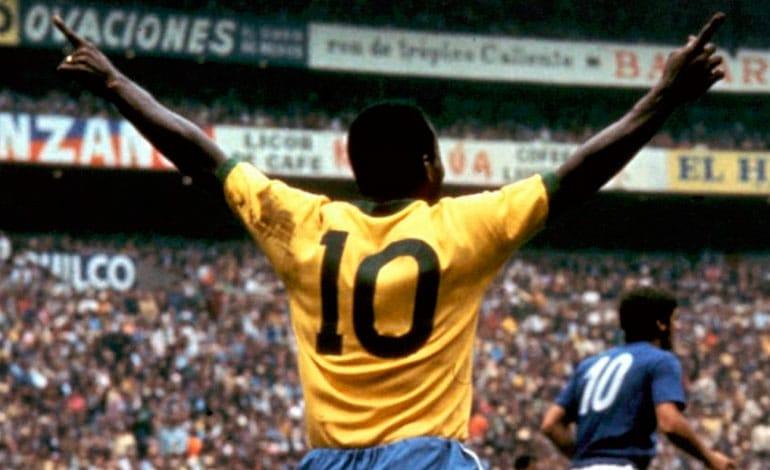
The number 10 was assigned to him by chance, on the occasion of the '58 World Cup. That jersey turned yellow after the trauma of the match lost by Brazil against Uruguay, in the epilogue of the 1950s World Cup. The Brazilian uniform at that time was white, it was until the drama that took place in front of two hundred thousand people in the newly inaugurated Maracana stadium. That day, in front of his father in tears, he promised: "don't worry Dad. One day, I promise, I'll win the World Cup for you." Yellow will be the color of overwhelming success, of the myth of the good game and of Pele.
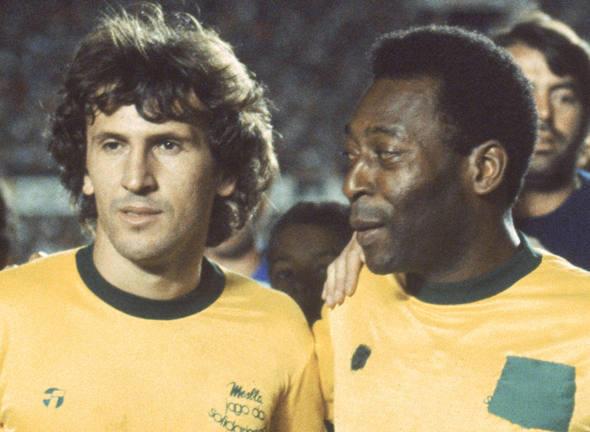
Pele’ and Zico.
And his number will become that of the strongest scorers in the most loved sport in the world. The greatest players wore it. From Zico to Maradona, from Rivelino to Platini, from Ronaldinho to Riquelme, from Zidane to Messi ... but Pele remains unique.

Pele’ and Ronaldinho.
"Pelé is a mixture of Maradona, Messi, Di Stefano and Cruyff. All four summarized in one player, because he is the best I've ever seen", assures Luis Cesar Menotti, Argentine coach, world champion in '78. "Pele was the only footballer to push the boundaries of logic," Johan Cruyff sums up. "Those who have known him say he was an incredible player. They compare him to a panther, a feline. He jumped higher, ran faster than the others and was perfectly ambidextrous. Compared to Messi or Ronaldo he is head and shoulders above." Éric Frosio whispers.
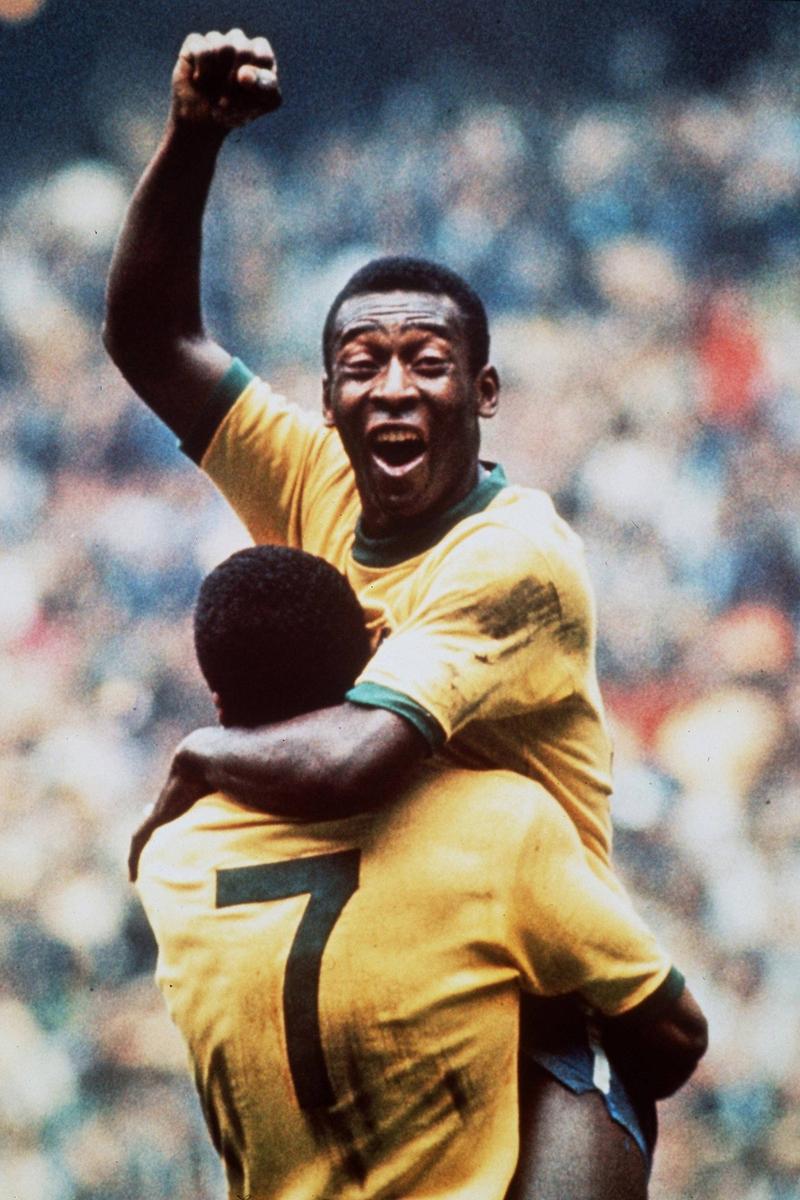
Pele of Brazil celebrates with teammate Jairzinho at the 1970 FIFA World Cup in Mexico. Photo VCG.
Pelé is a symbol of precocity (when Brazil won its first World Cup in '58 he was a fragile fawn, he was only 17 years old), of longevity (a strategist with bronze legs, consecrated by the World Cup in '70), fidelity (to Santos) and creativity.
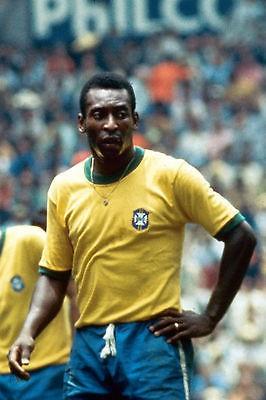
Pele’ at the World Cup final in 1970.
He has more than a thousand goals to his credit and yet among his most exciting actions there are some in which he did not score, especially during the 1970 World Cup: the attempt of a lob from the midfield circle out of a few centimeters, during the opening match against Czechoslovakia; Gordon Banks's save, also in the first round, against England ("I scored but Banks stopped the ball", was Pelé's comment on this action, which went down in history as "the save of the century"); the feint against the goalkeeper Ladislao Mazurkiewicz, during the semifinal against Uruguay.
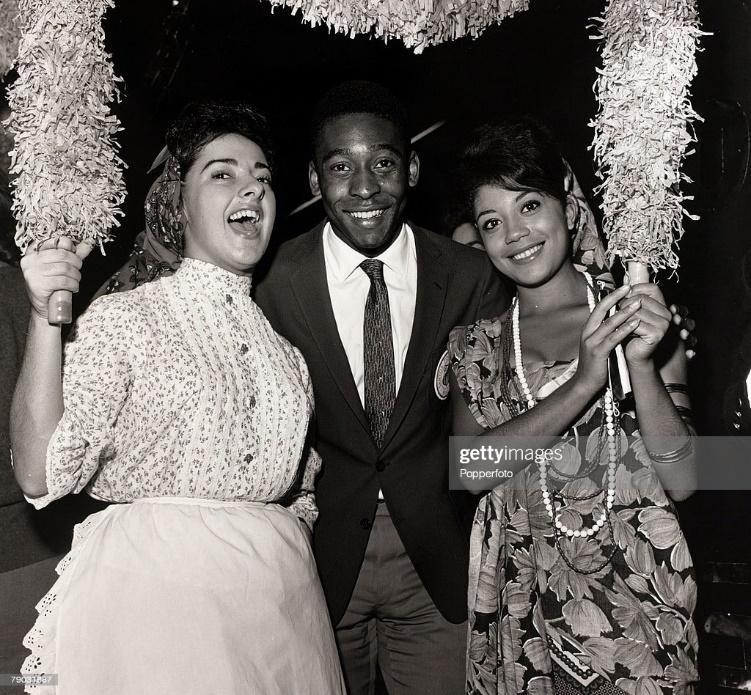
Brazil's Pele is pictured in 1962 with two young women at a function attended by the Santos team. Photo by Sport/Football.
"He's a genius!", the BBC reporter nearly chokes himself commenting on the body feint, the fast gymkana, the ballet. A sequence of feints and dribblings in which the cleanliness of the gesture, the speed, the anticipation, the inspiration converge, until the crazy run of the ball ends a few centimeters from the right goal post.
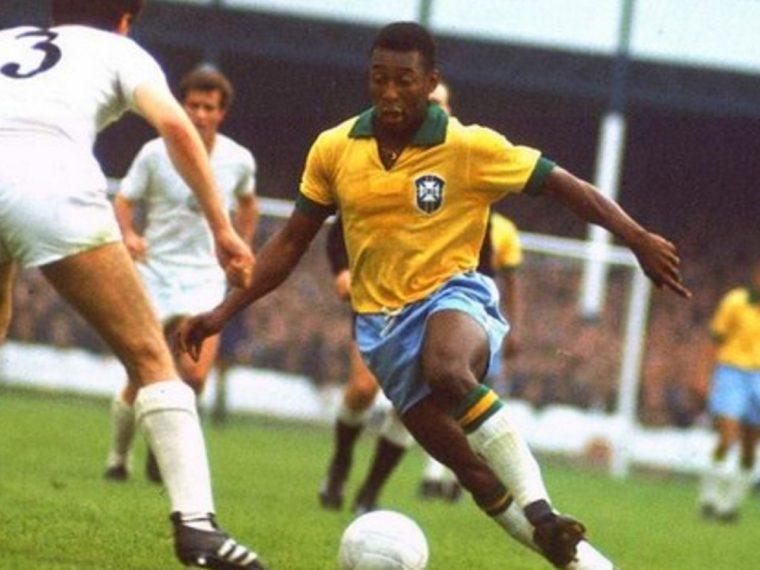
And again, between dizzying dribbles and magical tricks, the soft assist offered to Carlos Alberto for the fourth goal of the final against Italy. Before Magic Johnson, playmaker of the Los Angeles Lakers, it was the Brazilian who invented the no-look pass. The Italian defender Tarcisio Burgnich said of him: "before the final I thought: he is a man of flesh and blood, like me. After that, I realized that I was wrong." On the eve of the World Cup in Mexico Pele's star had faded a bit, but he was able to restore it to its splendor, precisely on the occasion of what remains the World Cup of the World Cups, the first ever broadcasted in color.

Pelé, interviewed by France Football, spoke of himself as follows: "only God can say why he chose me and not another person. You see, I can't explain to you how I moved on the pitch, how I managed to make a certain feint or a certain dribble. It took the advent of the video for me to see myself again and realize better. As in everything I do, there was a good part of improvisation, of intuition, which escaped rationality. But if on the one hand I received a great gift from the Lord, on the other I have always been a serious professional. Well prepared and physically trained, I didn't miss any appointment. That's for sure, the rest ...".
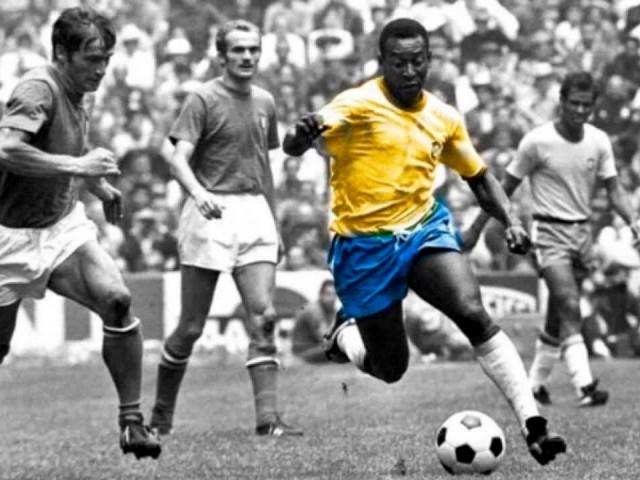
Pelé, at the end of his career, in the mid-70s, after twenty years at Santos, planted the seed of football in the United States playing in the New York Cosmos club with Franz Beckenbauer, as that devil of George Best did in Los Angeles. The Brazilian's first American match was broadcast in twenty countries and as many as three hundred foreign journalists were sent to cover the event.
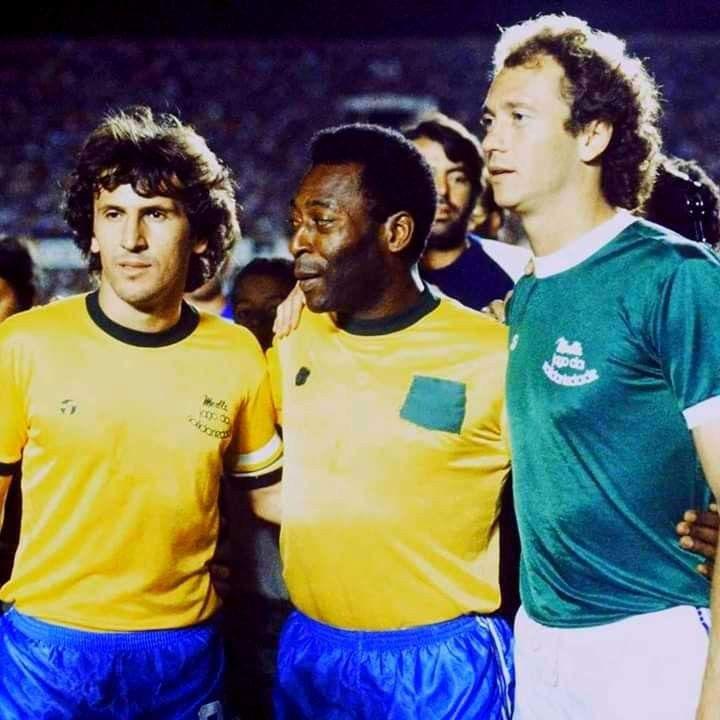
Zico, Pelé and Falcão.
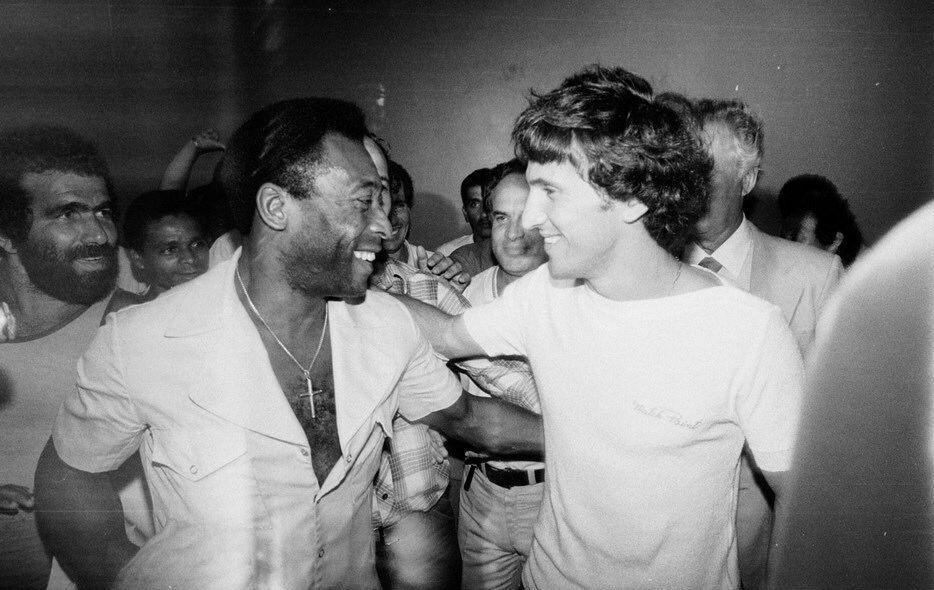
Pele’ and Zico.
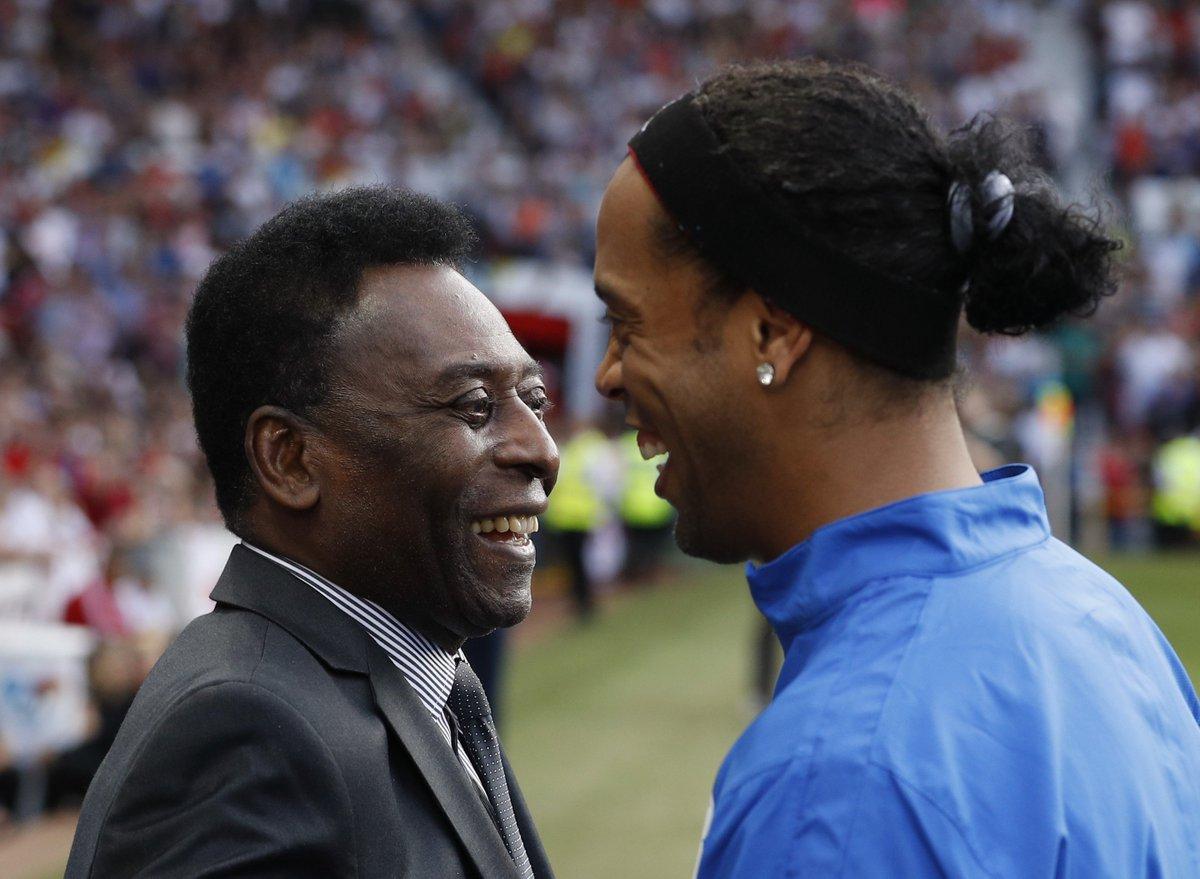
Pelé and Ronaldinho. So much class in one photo. Soccer Aid 2016.
On the day of his farewell to football, however, for the 1977 friendly match against Santos, 75,000 spectators crowded the Giants Stadium. In the front row to greet his departure were Robert Redford, Barbra Streisand, Mick Jagger and Muhammad Ali. The United States provided him with experience and relationships useful for his later activities.
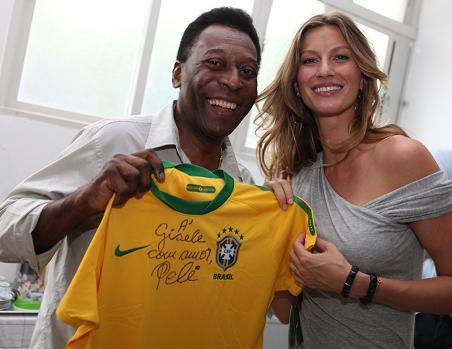
Pele’ and Gisele Bündchen.
After retiring, Pele was able to make his story bear fruit. On the big screen (as an actor in Escape to Victory with Sylvester Stallone, or as the protagonist of a biopic) and in business, as a testimonial for many brands, as the inspirer of numerous books or in front of the microphone for a song about football, Acredita no veio ("listen to the old man"), with the Mexican duo Rodrigo y Gabriela. Even at the age of 80 Pele remains an icon capable of surprising, he who was also Minister for Sport. "Pelé is the sun of Brazil. He is Brazil. He who made Brazil known to the whole world, who embodies and represented it better than anyone else. All this excites more who today is 40, 50 or older, those who have heard their parents or grandparents tell about Pele's exploits, victories and goals, but also young people have a lot of respect and admiration for him. Half of his goals has never been shooted or transmitted, they would be doomed to oblivion if they were not preserved in the imaginary of the Brazilians. And now that they feel that he is at dusk, there is even more affection for him ", Frosio testifies. In recent years Pelé has continued to keep an eye on football and is animated by the desire to pass on his experience, a desire that has found fulfillment in the Pelé Academia, a football school founded in collaboration with the Olympique Lyonnais in Resende, near Rio de Janeiro, which was inaugurated in 2018. At 80, Pele remains a quality brand. That of a game idea, as precious as the rustle of a record from which a breath is enough to remove the dust of the years or as the first lines of a book, sufficient to evoke a place, an era, a loved one ...
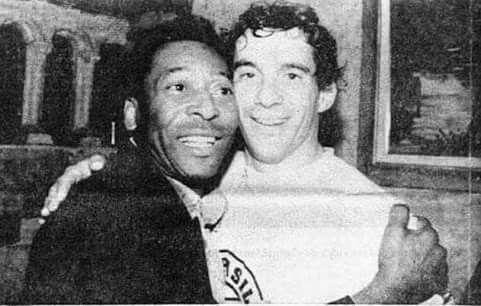
Pele’ and Ayrton Senna.
What do Pelé and Senna have in common? 09.12.2011.
For anyone who has been living on the moon for the last 60 years I should explain, Pelé was Brazilian footballer – people generally agree that he was rather good. Ayrton Senna is widely regarded as the greatest Formula One driver of all time. But these two have more in common than their status as Brazilian sporting icons. Despite being born 20 years apart (Pele 1940, Senna 1960) they both dated the same girl.
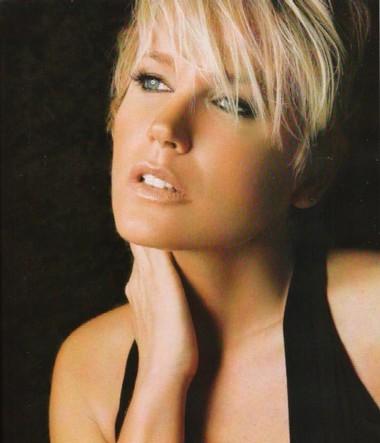
Xuxa da Graça Meneghel, better known as just Xuxa. Her name is pronounced Shoosha.
And yet Xuxa is known in Brazil as a personality in her own right. As you can probably guess, looking at her picture above, she started out as a model.
She appeared on the cover of many magazines including what they call here revistas masculinas.
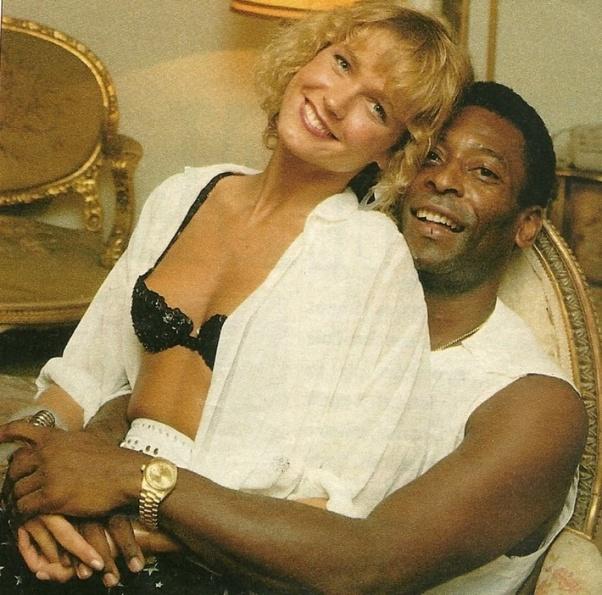
Pele’ and Xuxa.
When she was 19 she started dating Pelé – a move that gave her massive media exposure. I’ve no idea whether this was a calculated move or just a lucky coincidence – the cynic in me suspects the first option.
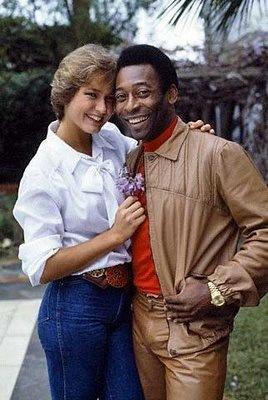
Xuxa and Pele’. This photo suggests to me that Pele’ was a big fan of Happy Days.
From what I can gather they didn’t part amicably – years later in interviews she would say he had incredibly ugly feet and he would refer to her only as “that blond TV presenter”.
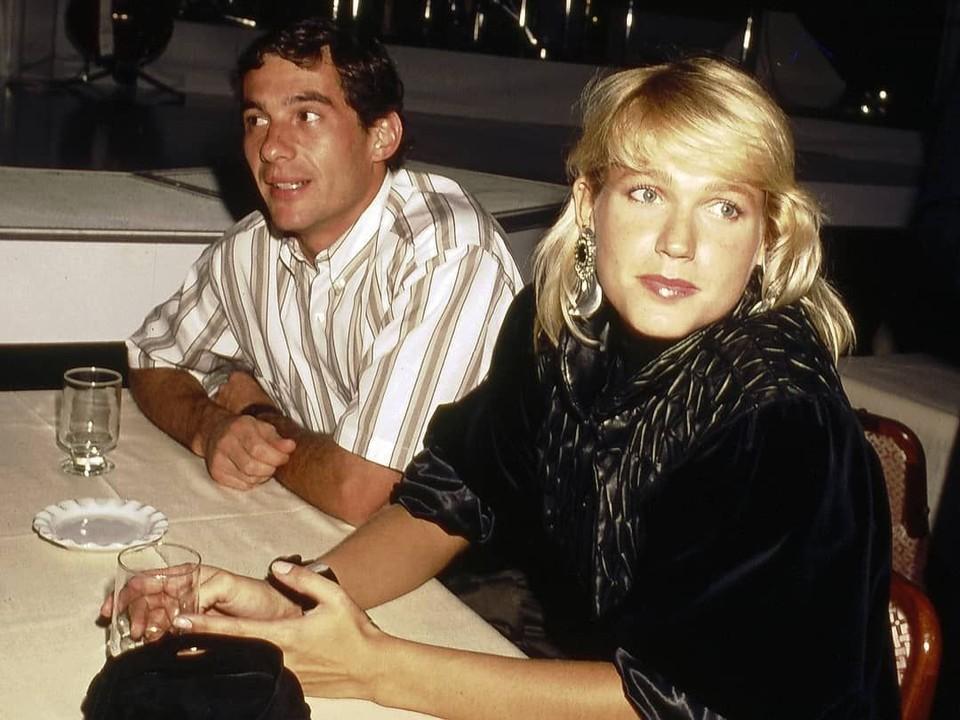
“I left with 2 kilos less,” Xuxa told about the first time with Ayrton Senna.
Between 1988-9 Xuxa dated Ayrton Senna and, although he had other girlfriends after this, it was Xuxa who was most accepted by his family (enough so that, according to Wikipedia, she was “granted widow status” at his funeral).
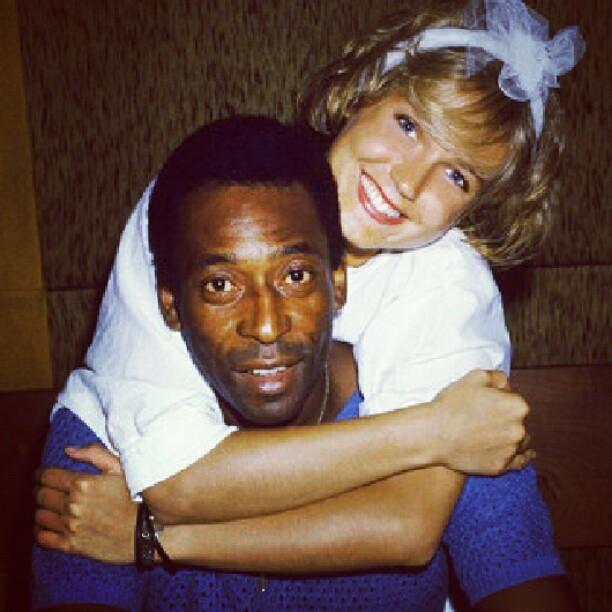
Xuxa tells how she met Pelé and declares: ‘my first love’. January 11, 2021 by Admin.
Pelé’s ex-girlfriend, host Xuxa, remembered her relationship with “King of Football” in a live broadcast on Instagram this Monday. She told how they met, quoting betrayals and other details about their six years of dating. Xuxa even believes that Pelé was the first love of his life.
“An important person for me, maybe my first love. There was a person I met at the age of 17 and I had a relationship of six. Everyone who was with me said: wow, how she’s in love, how she’s four for Pelé”, she told the journalist Luis Erlanger live.
“We met during a rehearsal for the front page of Manchete. He took four models, me, Luiza, Marcia Brito and it should have been a black woman, but he did not want to. Miss Brazil was set at the time, which came from Brasilia. They would all be dressed in gold. He wanted this, he gave this idea. In the picture I came out towards him, with my hand on my leg. Then everyone would know who was the model that Pelé was more upset about”, Xuxa explained.
Then the host explained that Pelé went to her and invited her to dinner and that the ace even called his father to ask for authorization.
“He invited me to dinner, I said I could not, even because I lived far away and I said I was a minor. So, he called home, my dad hung up and thought it was a prank (laughs). Until the day came with him. At that time, my brother had to keep up, it was quite complicated. However, we began to get closer to him, who addressed himself in the third person, began to talk: look and say that you are dating Pelé, do you want to follow him in such a place? And I would”, she said.
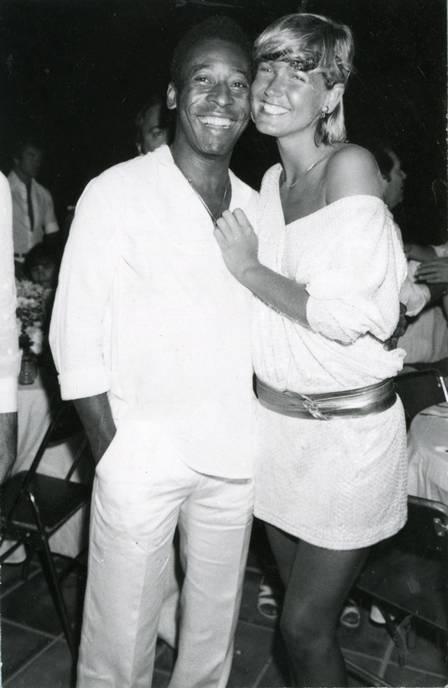
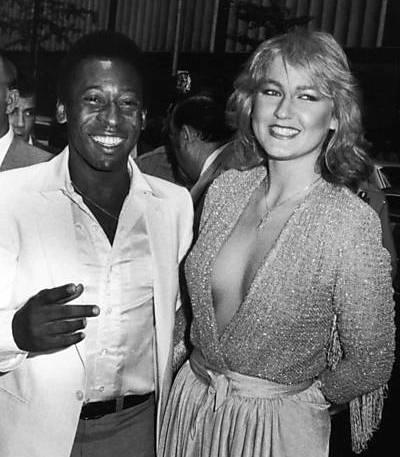
Pele’ and Xuxa.
In the end, “Rainha dos Baixinhos” revealed that Pelé’s betrayal and disturbance led to the end of the relationship.
“He cheated on me, he said it was an open relationship, but open only to him among other things. When I turned 23, my life changed a lot. I even told him when Globo called me and he said I should refuse. That’s when I realized it would be very difficult: I do not think you should go. Being the first is very difficult. You have to stay in the headline and be number two”, she said, imitating the ace of the voice.

Ronaldo de Assis Moreira, born 21 March 1980, commonly known as Ronaldinho Gaúcho, is a Brazilian former professional footballer and current ambassador for Barcelona. He played mostly as an attacking midfielder, but was also deployed as a winger. Often considered one of the best players of his generation and regarded by many as one of the greatest of all time, Ronaldinho won two FIFA World Player of the Year awards and a Ballon d'Or.
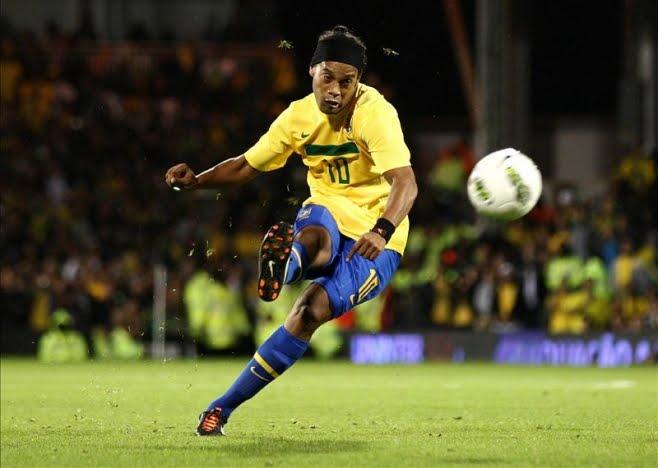
A global icon of the sport, he was renowned for his technical skills, creativity and dribbling ability, as well as his use of tricks, feints, overhead kicks, no-look passes and accuracy from free-kicks.
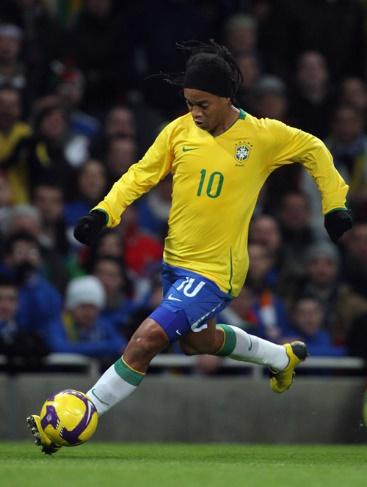
Ronaldinho made his career debut for Grêmio, in 1998. At age 20, he moved to Paris Saint-Germain in France before signing for Barcelona in 2003. In his second season with Barcelona, he won his first FIFA World Player of the Year award as Barcelona won the 2004–05 La Liga title. The season that followed is considered one of the best in his career as he was integral in Barcelona winning the 2005–06 UEFA Champions League, their first in fourteen years and another La Liga title, giving Ronaldinho his first career double, receiving the 2005 Ballon d'Or and his second FIFA World Player of the Year in the process. After scoring two spectacular solo goals in the first 2005–06 El Clásico, Ronaldinho became the second Barcelona player, after Diego Maradona in 1983, to receive a standing ovation from Real Madrid fans at the Santiago Bernabéu.
Following a second-place La Liga finish to Real Madrid in the 2006–07 season and an injury-plagued 2007–08 season, Ronaldinho departed Barcelona to join Milan, where he won the 2010–11 Serie A.
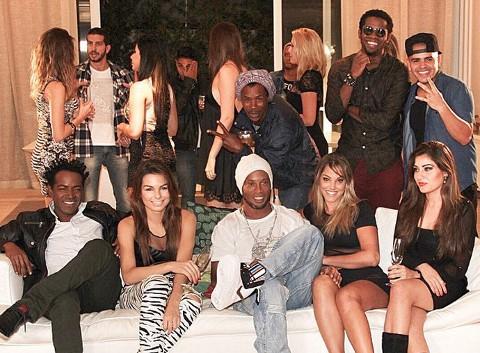
Ronaldinho has never hidden his affections for the "fairer sex." Indeed, when he signed for Mexican team Queretaro last month, he was reported by Metro as saying, "I want to win titles and girls here. I've always lived in the same way." Therefore, it is no surprise to see him looking so comfortable with, what 101 Great Goals calls, "a bevy of beauties in a new music video." The video is for Brazilian band Trio Ternura and, luckily for the ladies, will reportedly show Ronaldinho's "romantic side."
He then returned to Brazil to play for Flamengo in 2011 and Atlético Mineiro a year later where he won the 2013 Copa Libertadores, before moving to Mexico to play for Querétaro and then back to Brazil to play for Fluminense in 2015. Ronaldinho accumulated numerous other individual awards in his career. He was included in the UEFA Team of the Year and the FIFA World XI three times each and was named UEFA Club Footballer of the Year for the 2005–06 season and South American Footballer of the Year in 2013. In 2004, he was named by Pelé in the FIFA 100 list of the world's greatest living players.
In his international career with Brazil, Ronaldinho earned 97 caps and scored 33 goals and represented his country in two FIFA World Cups. After debuting with the Seleção by winning the 1999 Copa América, he was an integral part of the 2002 FIFA World Cup-winning team, starring alongside Ronaldo and Rivaldo in an attacking trio and was named in the FIFA World Cup All-Star Team. As captain, he led his team to the 2005 FIFA Confederations Cup title and was named man of the match in the final. He also captained the Brazil Olympic team to a bronze medal in men's football at the 2008 Summer Olympics.
Ronaldinho, football in the blood: shows and goals even in prison. By Cosimo Cito. March 14, 2020.
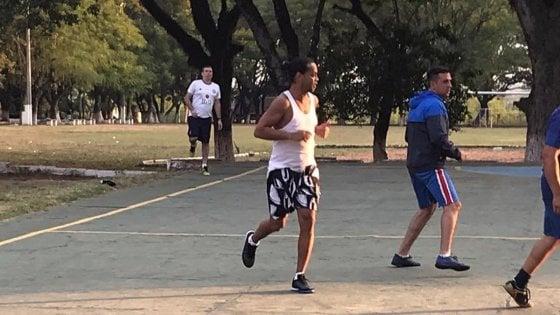
Ronaldinho on the pitch in the Paraguayan prison.
ROME - One of the news that most have escaped in these days dominated by the fear of contagion is the arrest of Ronaldinho in Paraguay. The former Golden Ball ended up behind bars with his brother-agent for a story of false passports and money laundering. Yet the almost 40-year-old Dinho, the man who was once a symbol of Barcelona, of the green-gold national team, the smiling image of the jogo bonito, ex for just two years, has not lost his footballing verve even in the Asuncion prison. His, during a match between prisoners, was a real show with goals and assists, despite the fact that the agreements were different at the beginning: "Dinho, play with us but no goals". Indeed, initially Ronaldinho had not even been "called up" for the match. Then another excellent prisoner, the former president of Sportivo Luqueno, Fernando Gonzalez Karjallo, convinced everyone: Dinho plays with us. At that point a prison officer lent him some shoes and, wearing a white tank top and beach shorts, he started, unstoppable: 5 goals and 6 assists. His team won the final 11-2 and also won a 16 kg pig. Photos and smiles in favor of social media, immediately after, for an exhibition that immediately went viral.
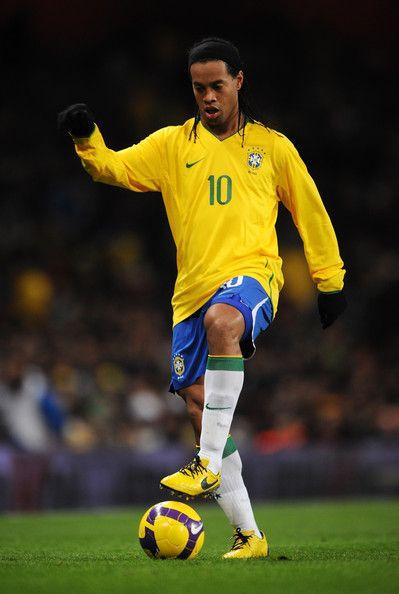
Ronaldinho also learned that he was included in Gremio's all-time ideal line-up, in attack, alongside former giallorosso Renato Portaluppi. In Brazilian Liverpool, Porto Alegre - a city that has its own "Mersey" and like Liverpool is built on a river that becomes a sea or vice versa and which is football-wise split between Gremio and Internacional - Gremio represents the most popular soul of supporters, against a more popular opponent in the uptown and of the white Brazilians of the "sul".
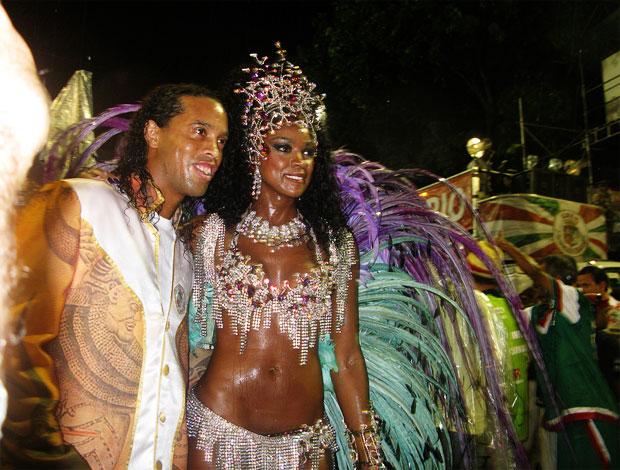
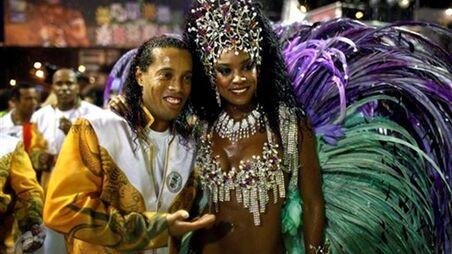
Ronaldinho at the Carnival of Rio de Janeiro alongside Cris Vianna, queen of drums. Photo by Carolina Lauriano.
Hosting him among the greats, Gremio has in fact shown that it has forgotten the provocation of which Ronaldinho became the protagonist eight years ago when, returning to Brazil after the European experience with PSG, Barcelona and Milan, he came up with a paradox "I support Flamengo", almost wanting to unhinge the doors of his home of origin to be able to afford (which he did not deny) to become a carnival idol.
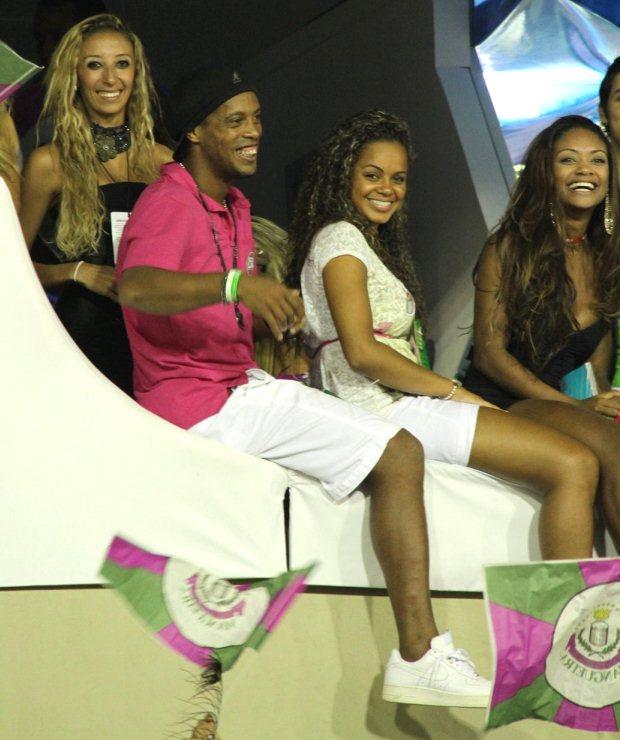
Ronaldinho Gaúcho watches the parade of samba schools in Rio de Janeiro. Mattos/AgNews/VEJA.
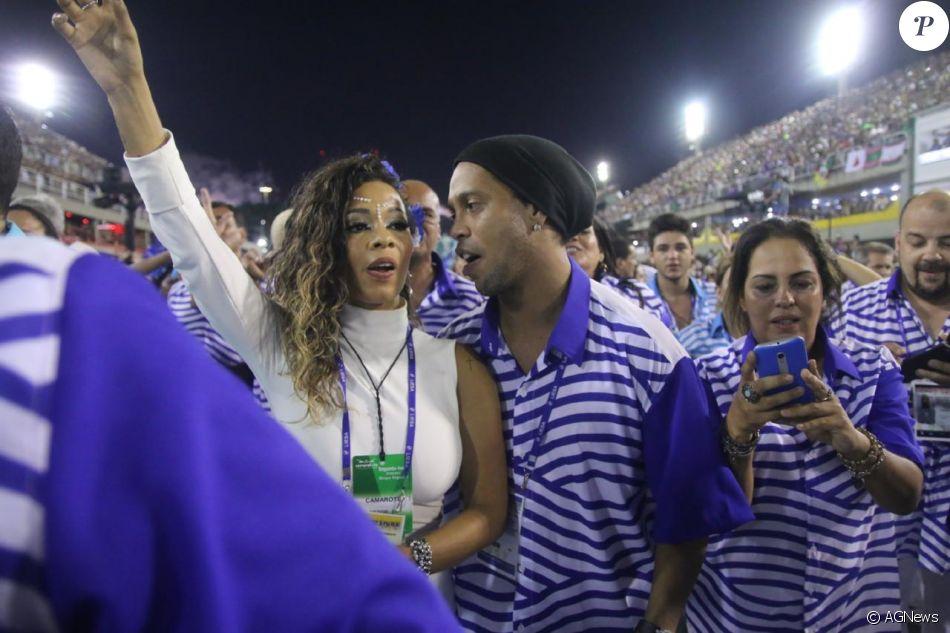
Juliana Diniz and Ronaldinho Gaúcho paraded through Portela side by side at dawn on Tuesday, February 28, 2017.
Meanwhile in Rio, in the villa of Barra da Tijuca, his two girlfriends are waiting for him. Maybe he doesn't want to go out because he's afraid to go back to them ...
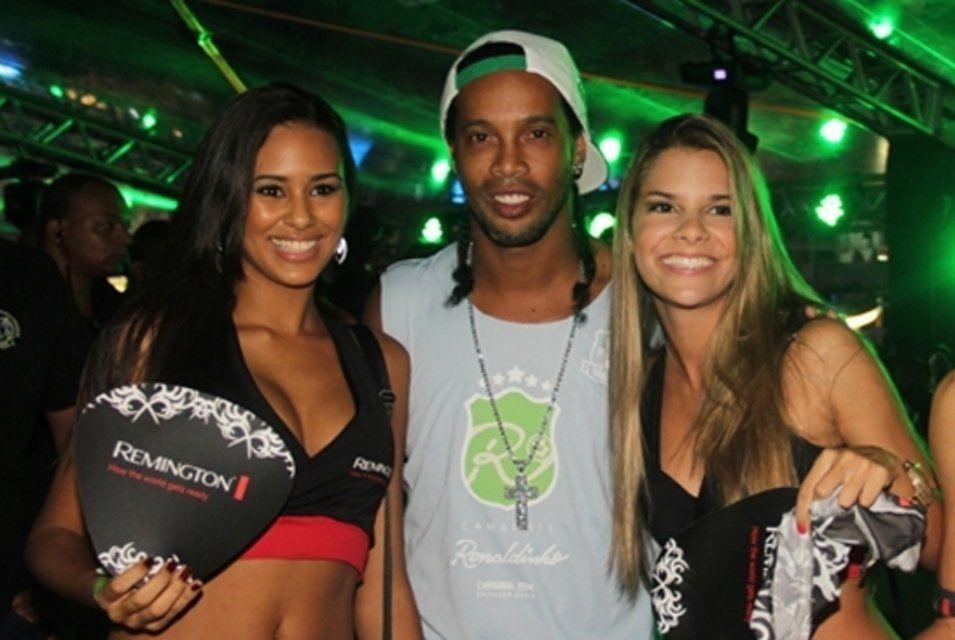
Ronaldinho in 2014.
A parable that cannot be more descending, that of the great Ronaldo Gaucho, who passed too briefly from the glory of the pitch to the miseries of crime. The first player to have lined up World Cup, America's Cup, Champions League, Libertadores, Ballon d'Or and Bola de ouro, his career was a tale of irregularities, talent and head shots and it all ended in a flash.
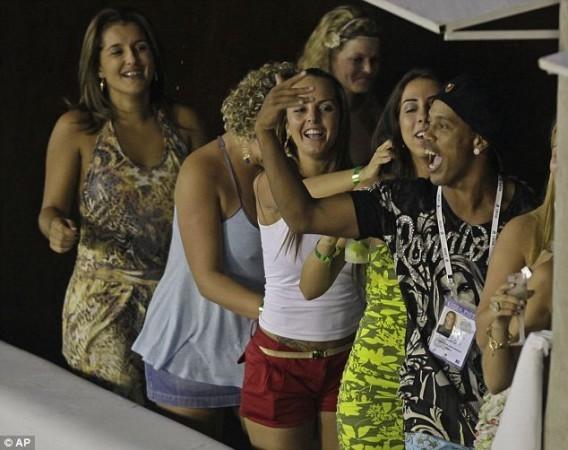
Ronaldinho was flamboyant, juggler and a party animal since the dawn of his illustrious career. He owns luxurious mansions and houses in Spain, Florida, Greece, Brazil and Lake Como.
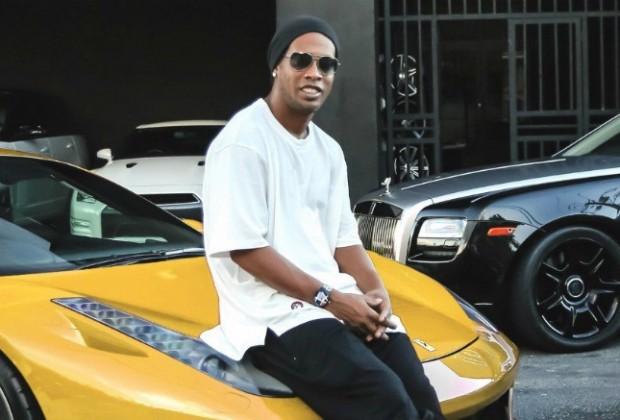
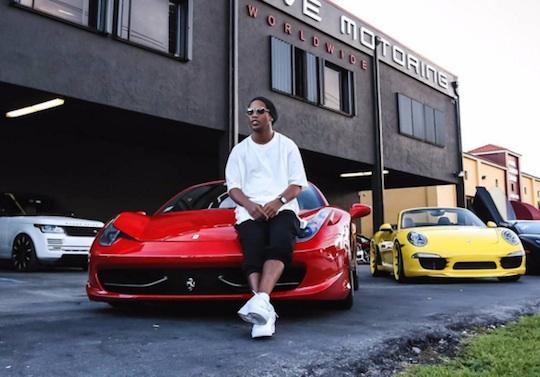
Ronaldinho also owned some beautiful Ferraris.
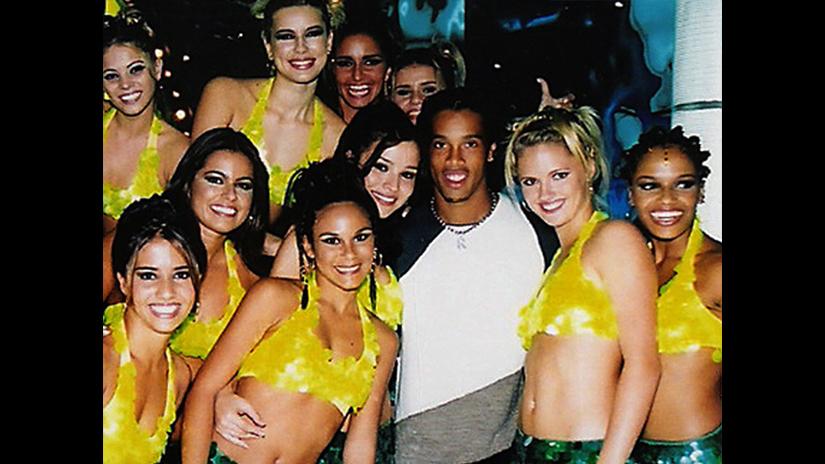
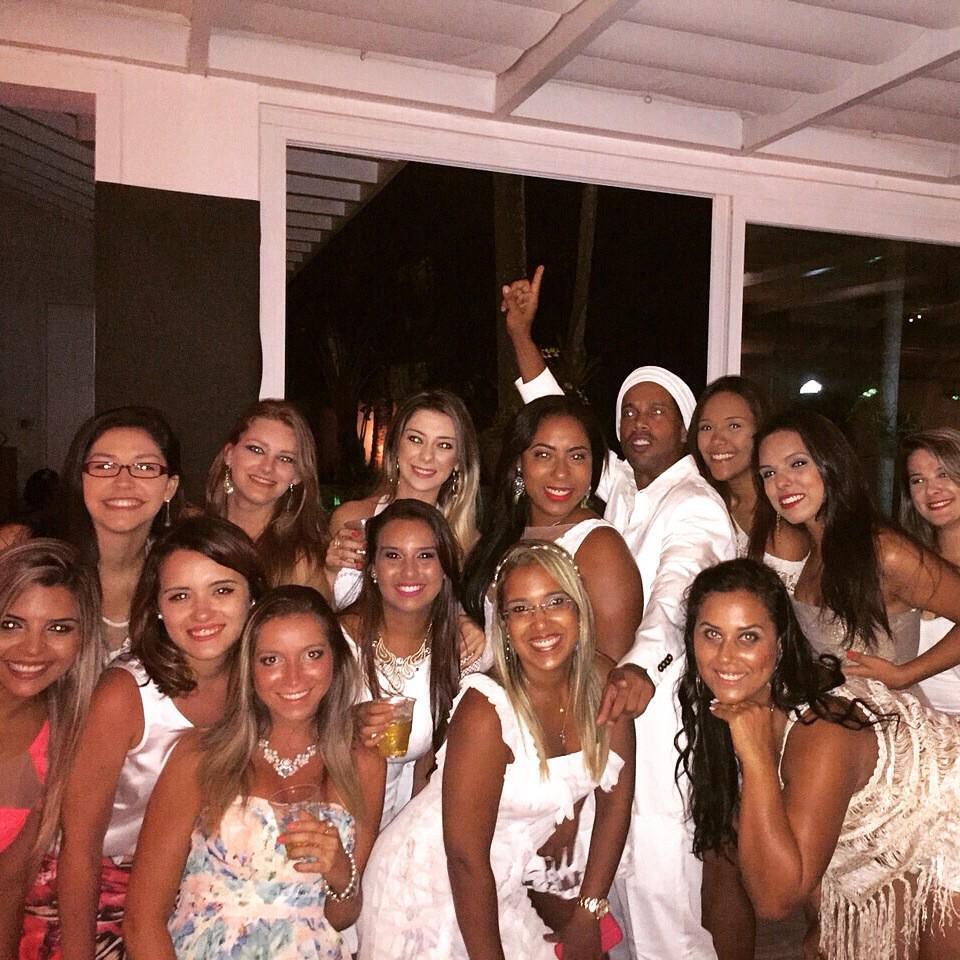
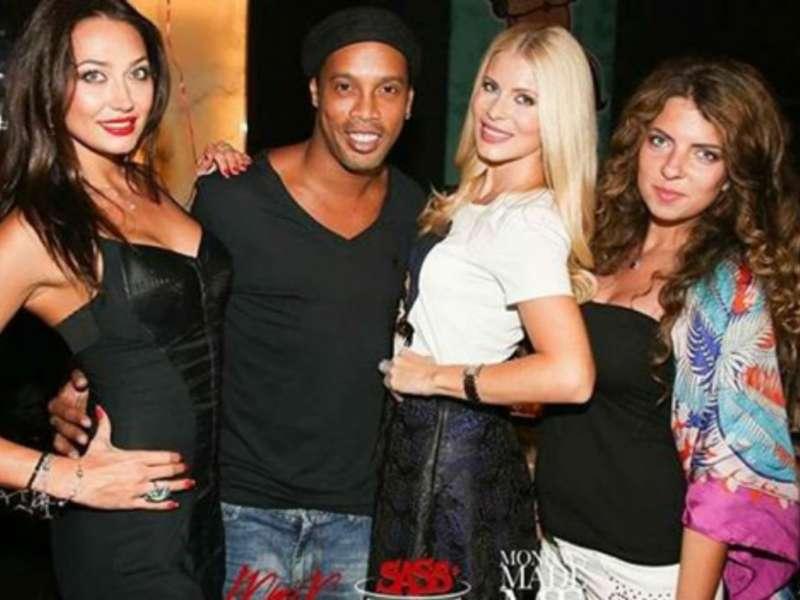
A very South American story, which also passed through Milan, without leaving deep traces. Youtube will speak for him forever: his videos, after years, are still among the most clicked by the people on the net.
Videos
Roberto Baggio
Ronaldinho
Zico
Pele'



Comments
Authorize to comment